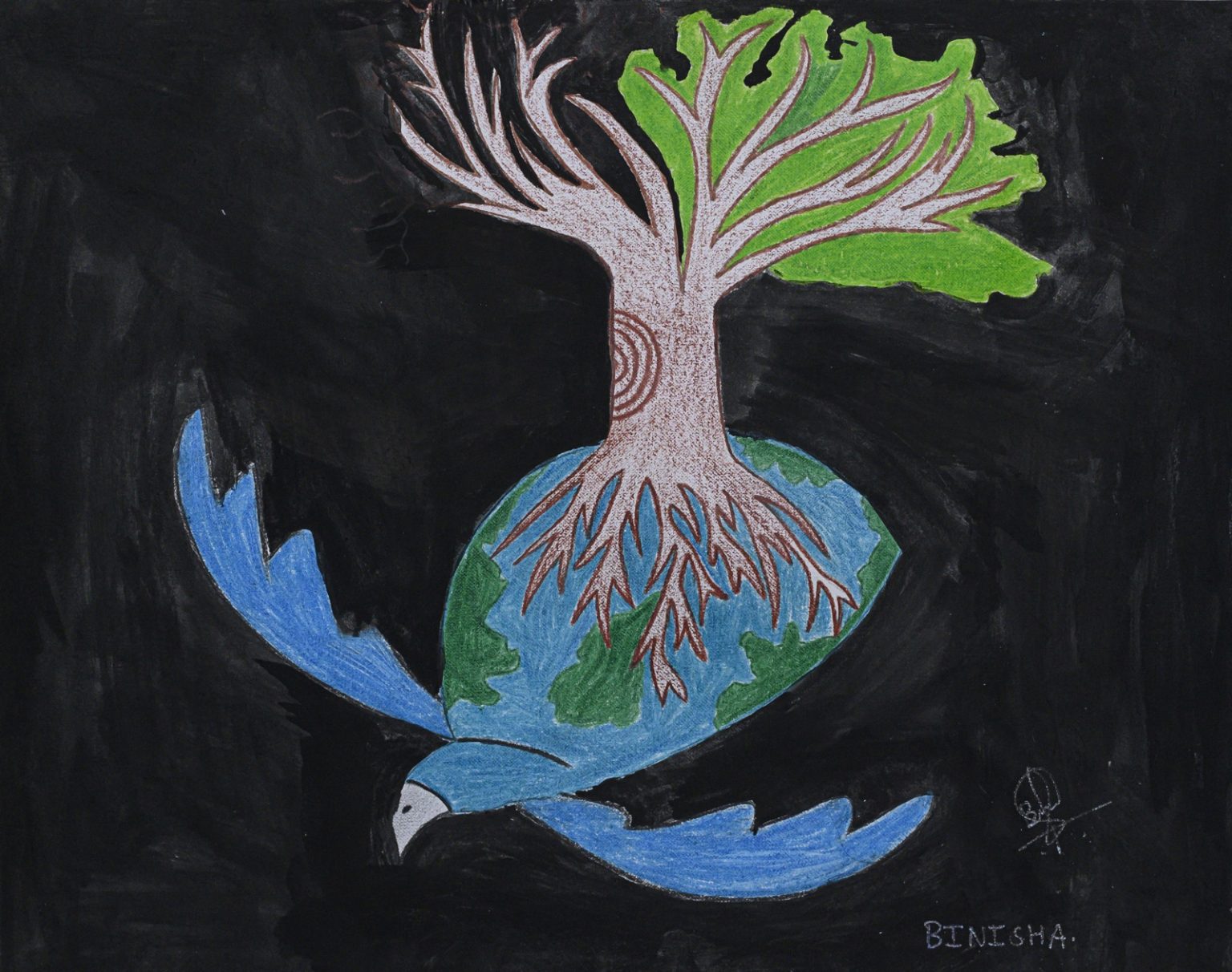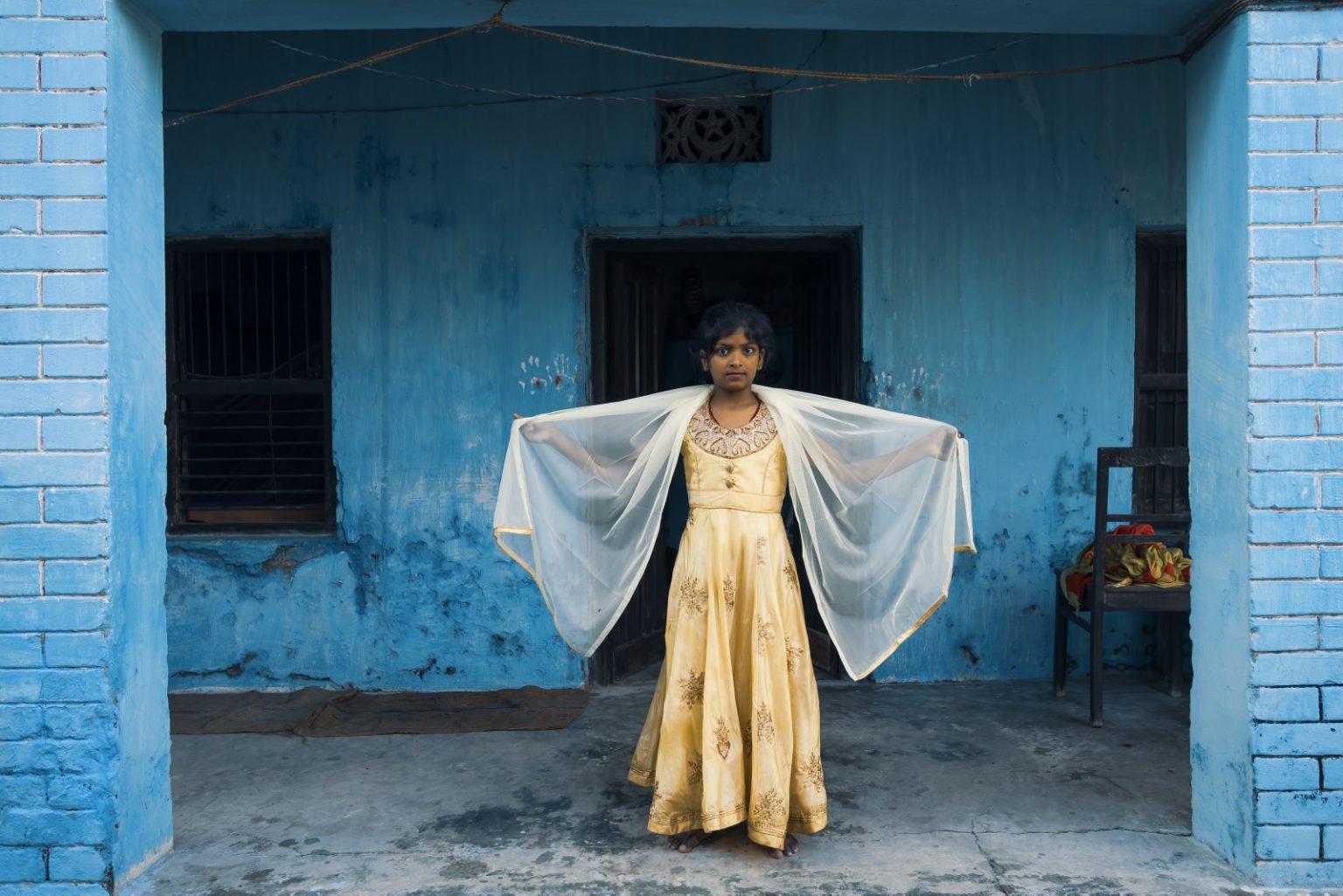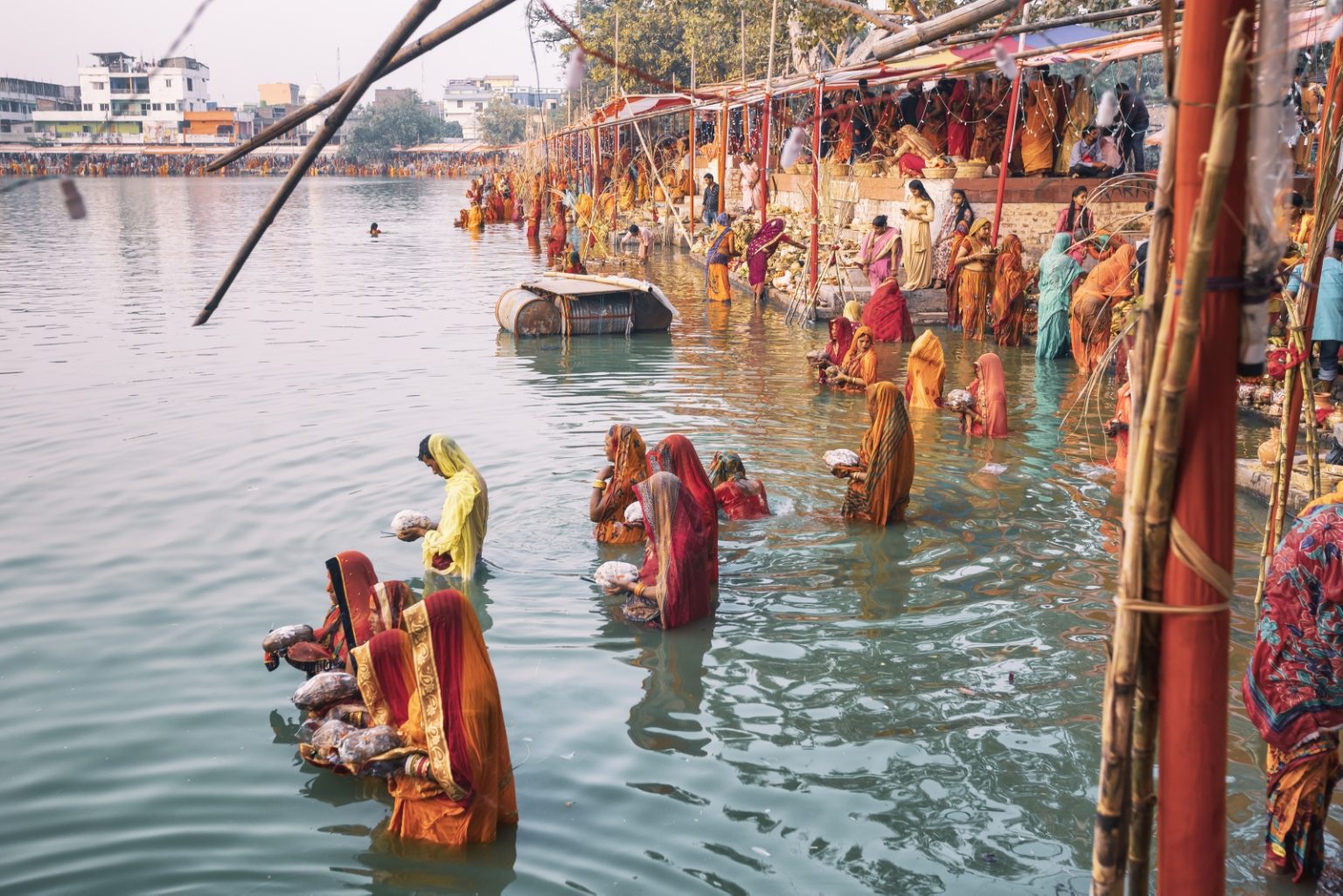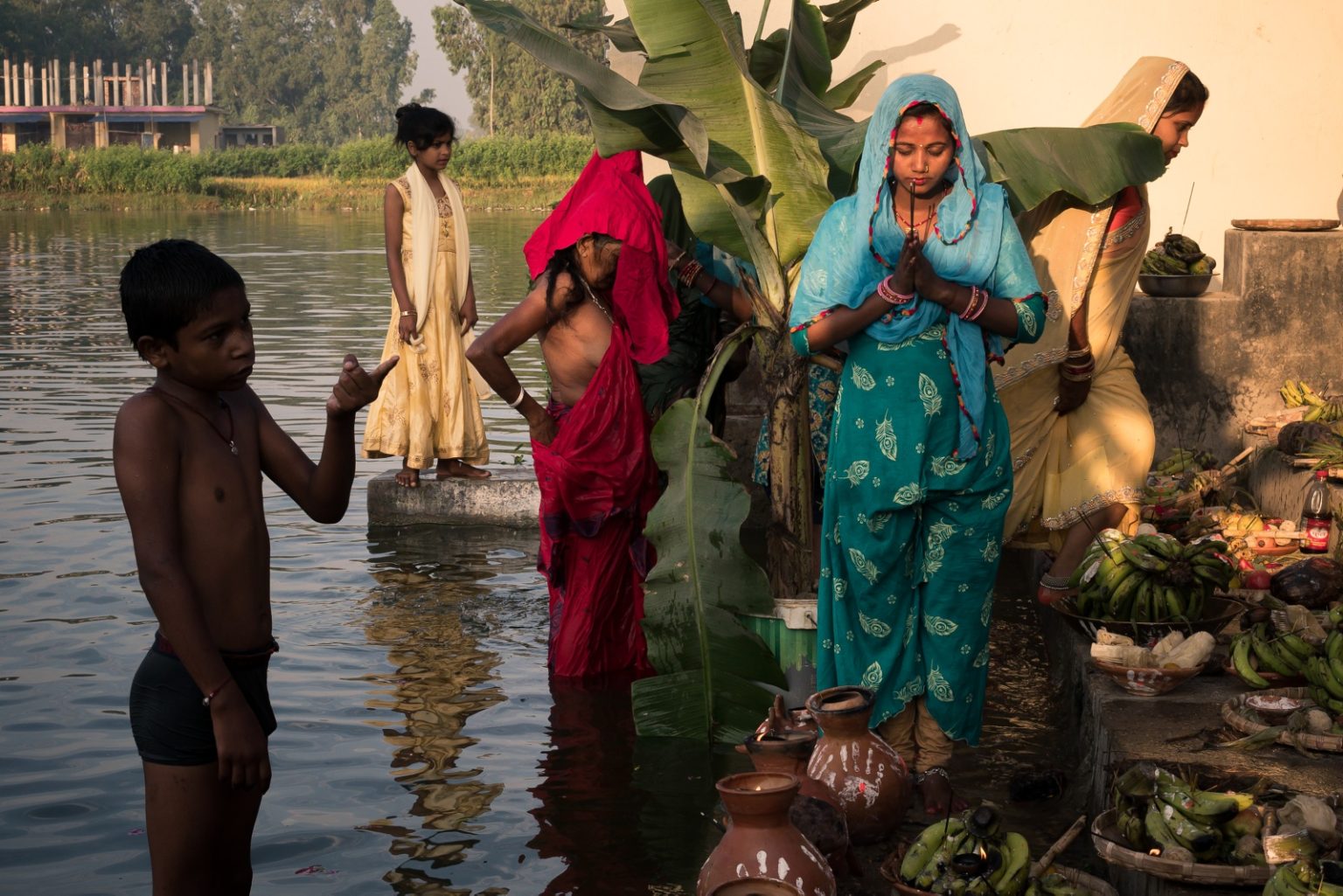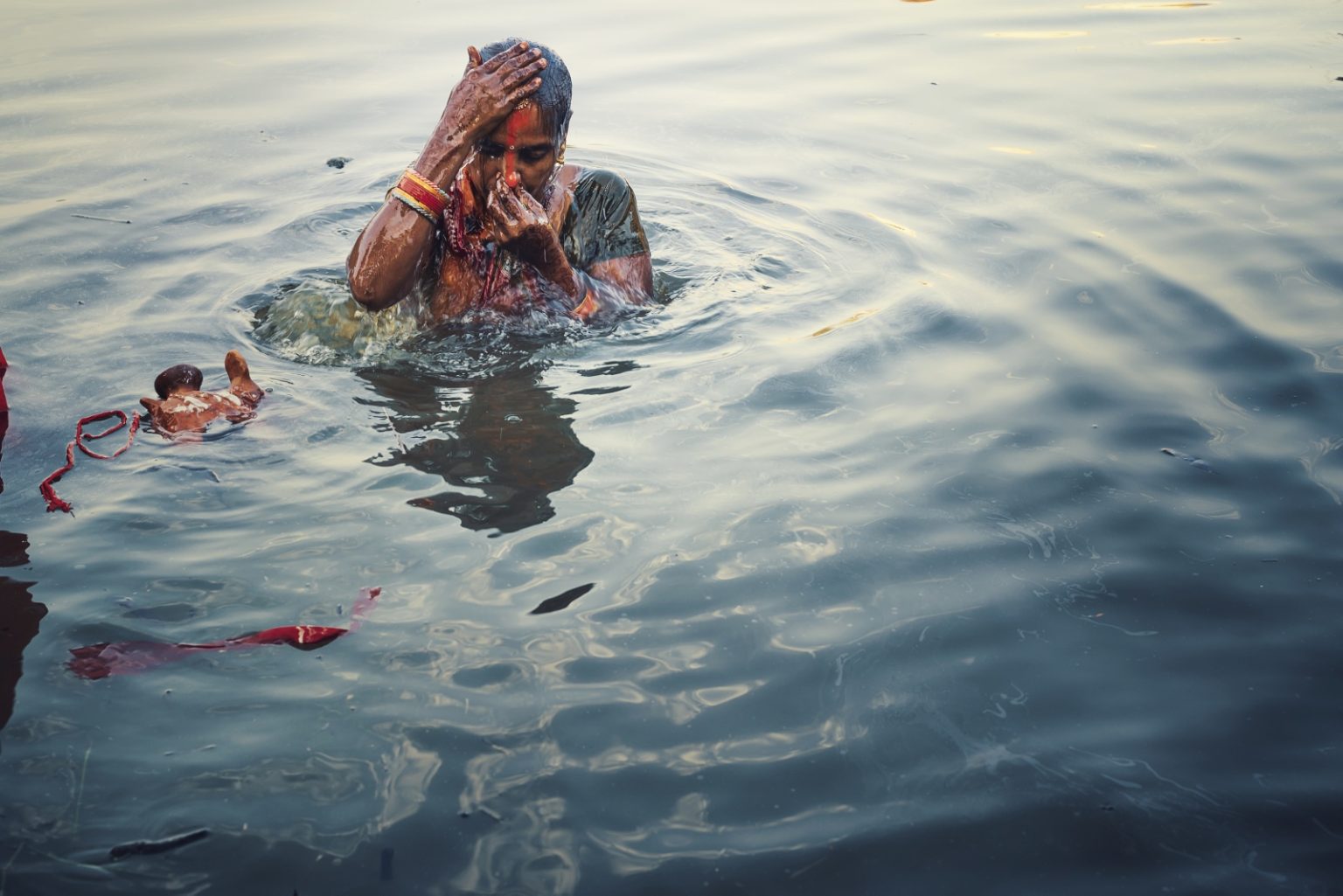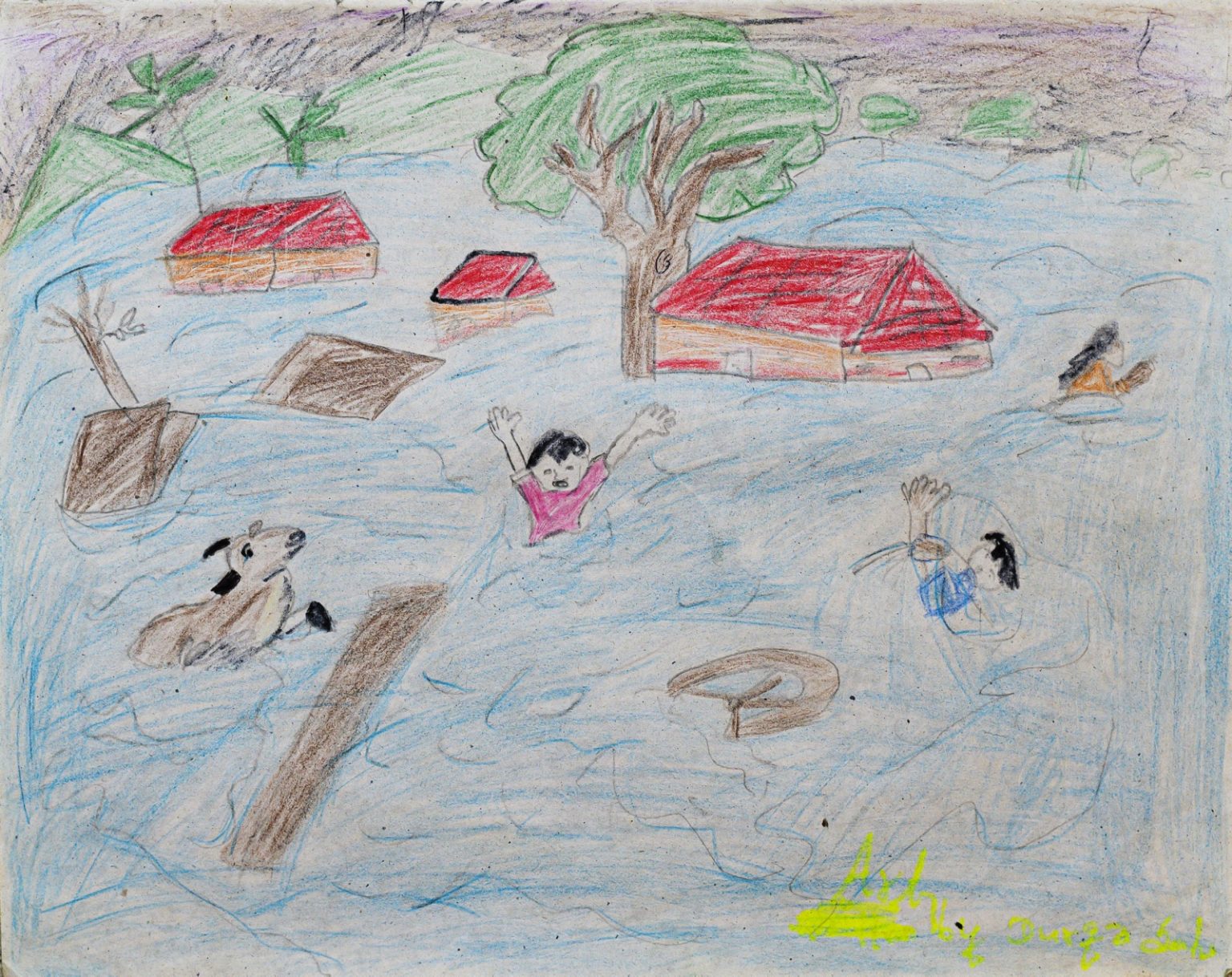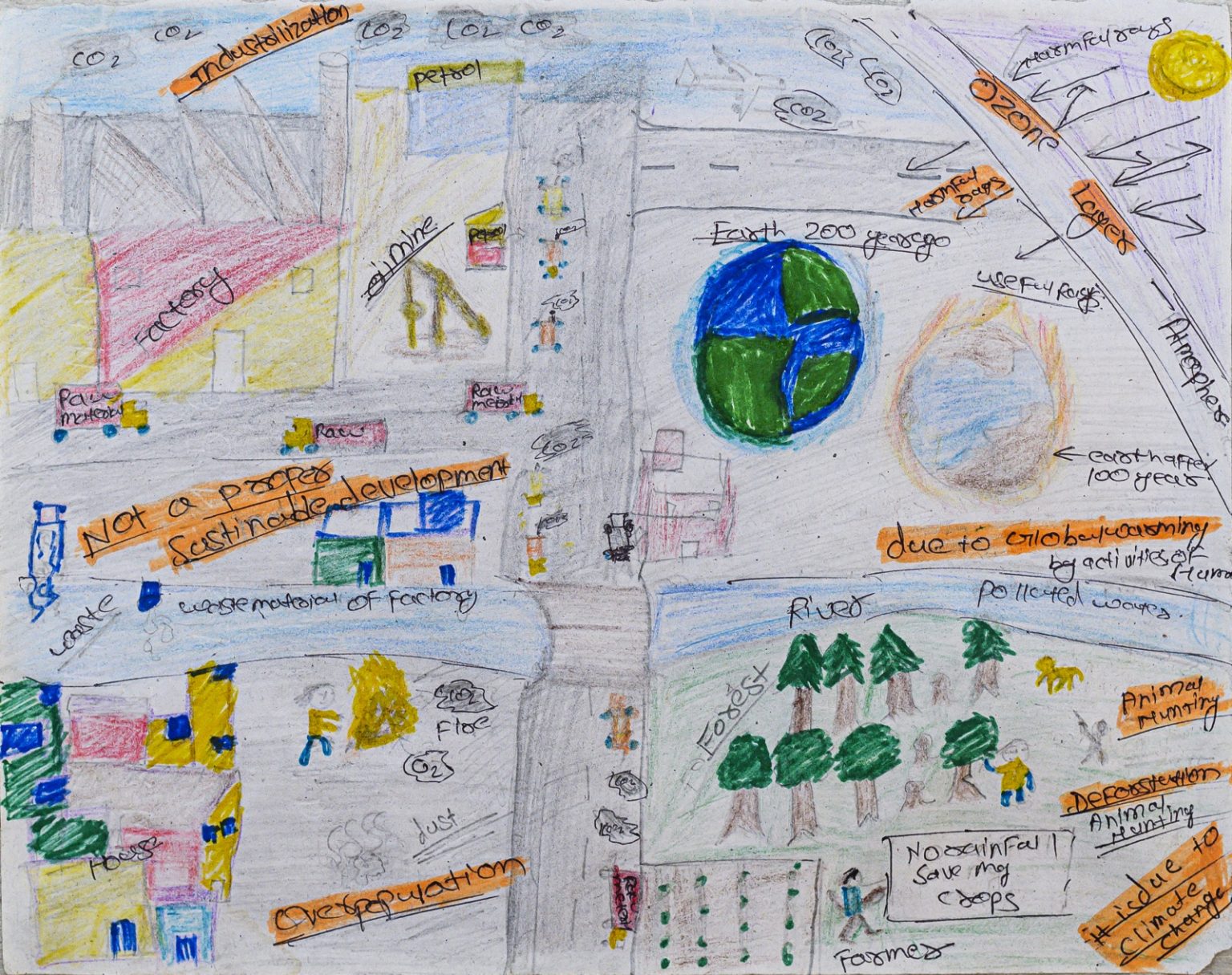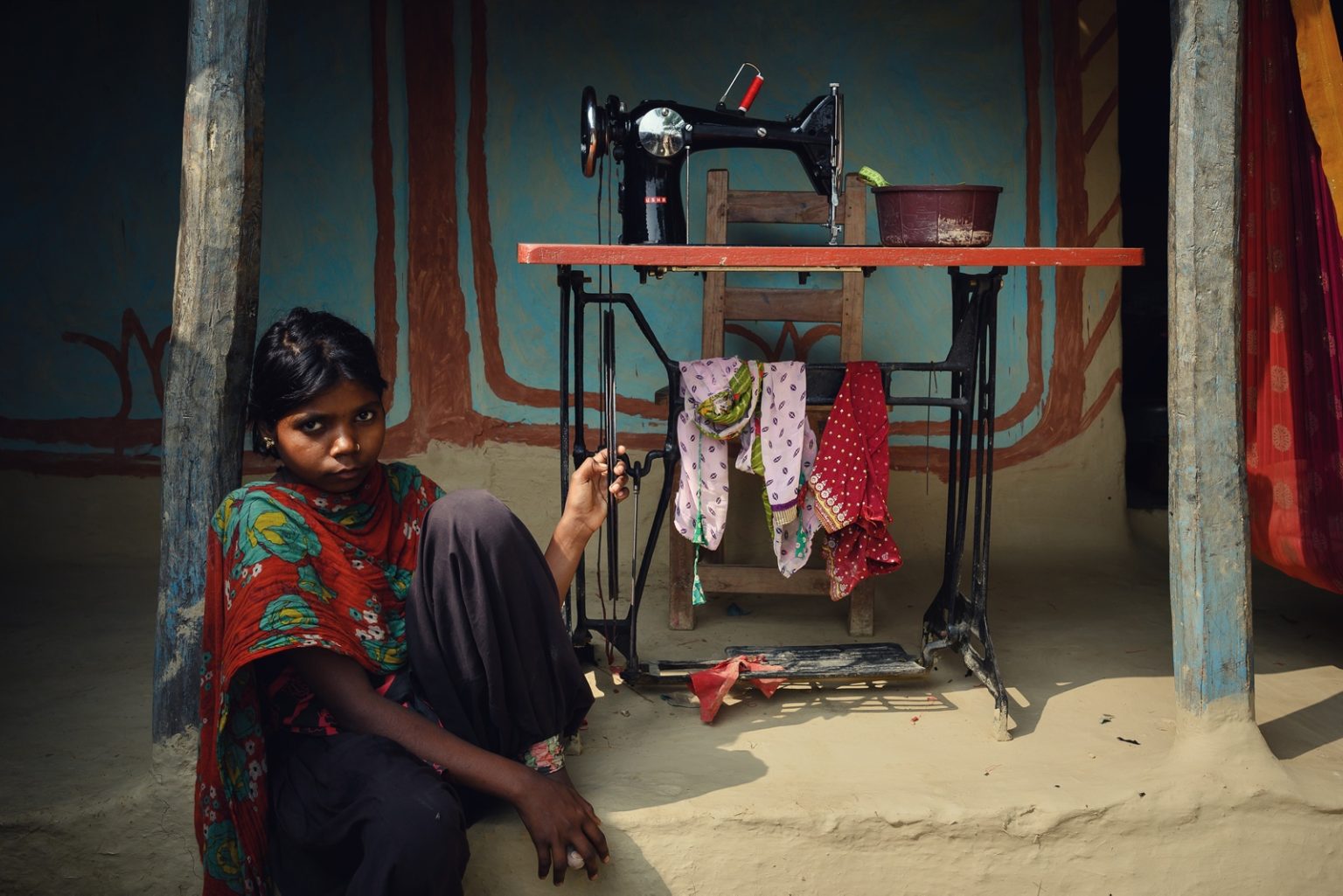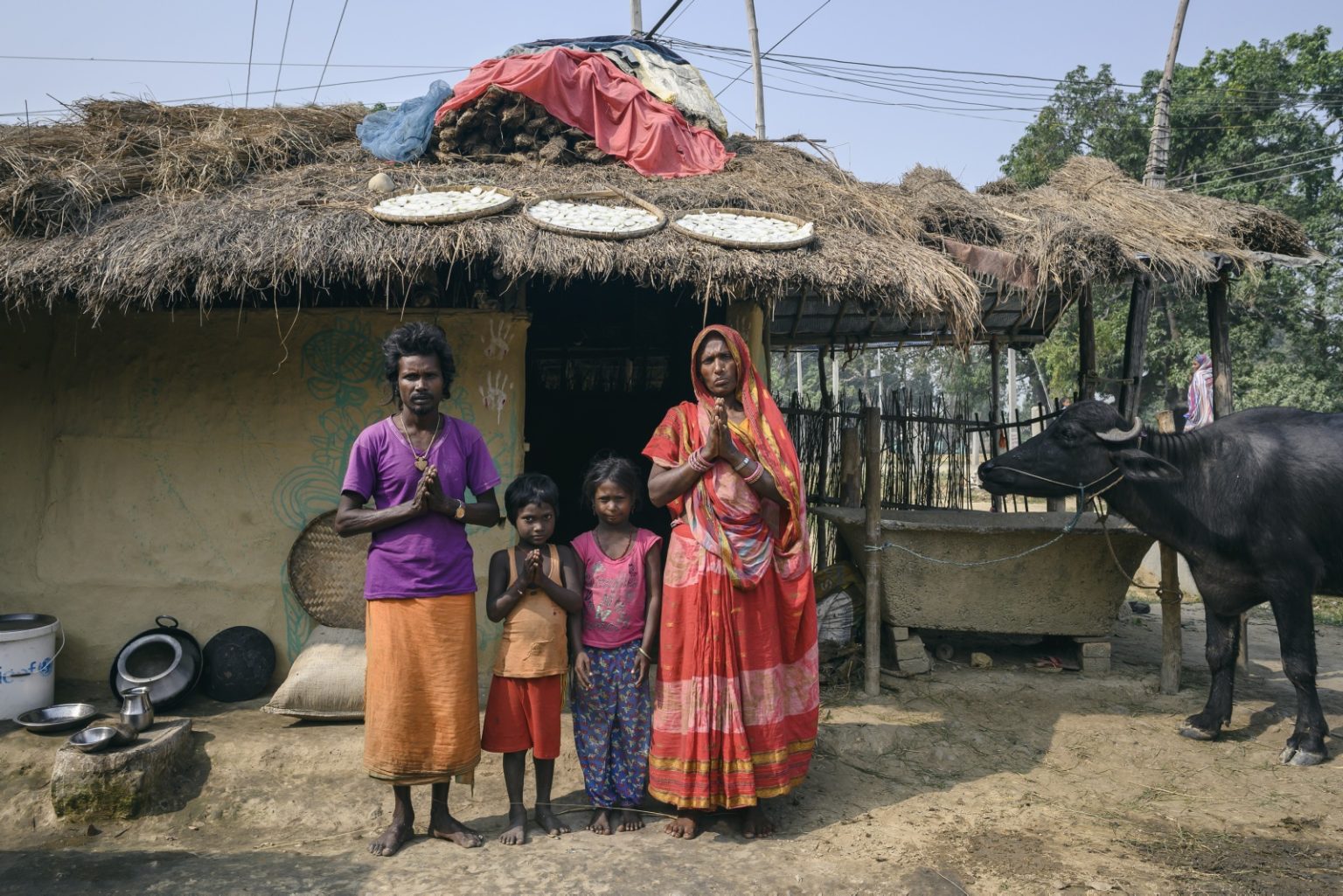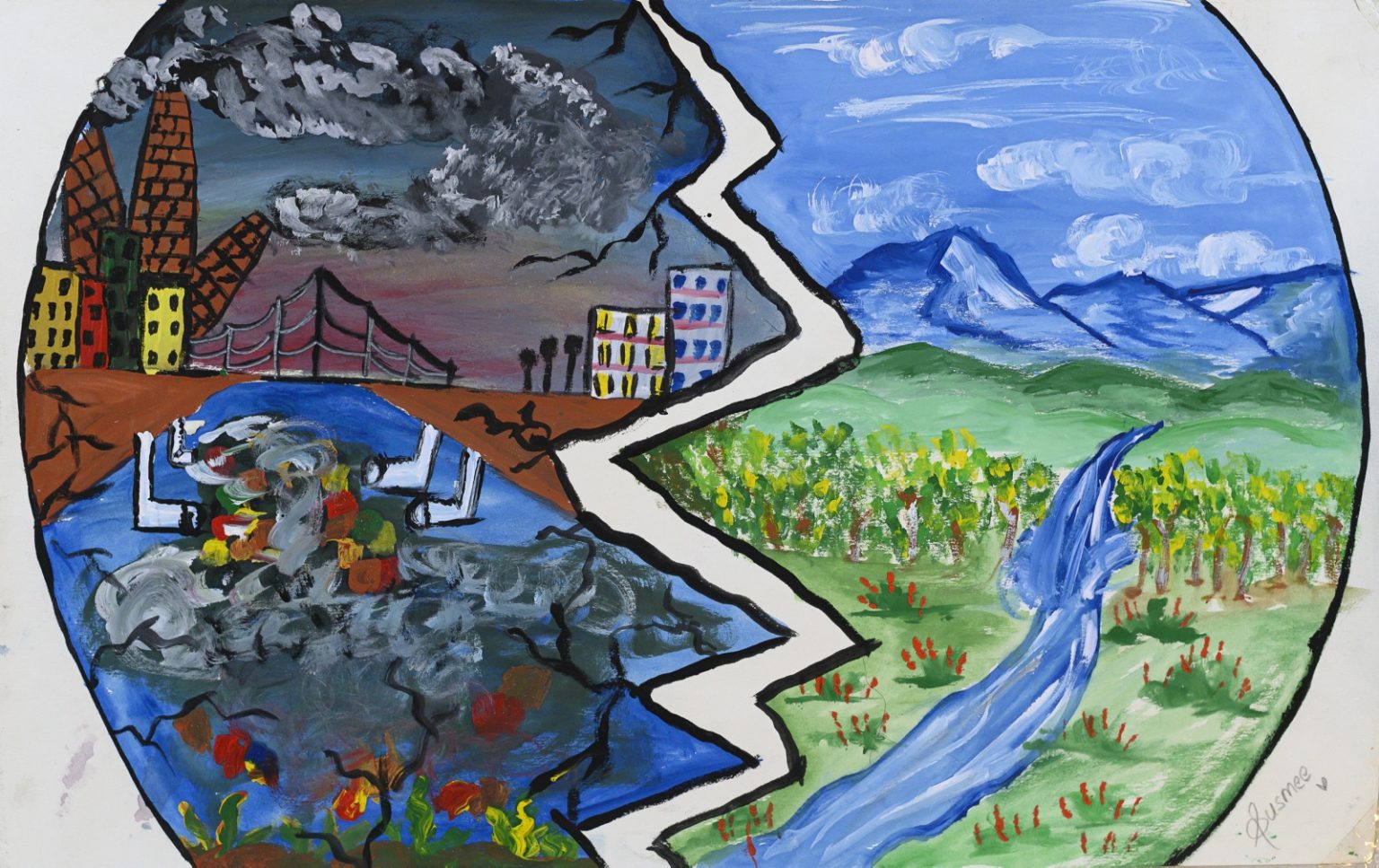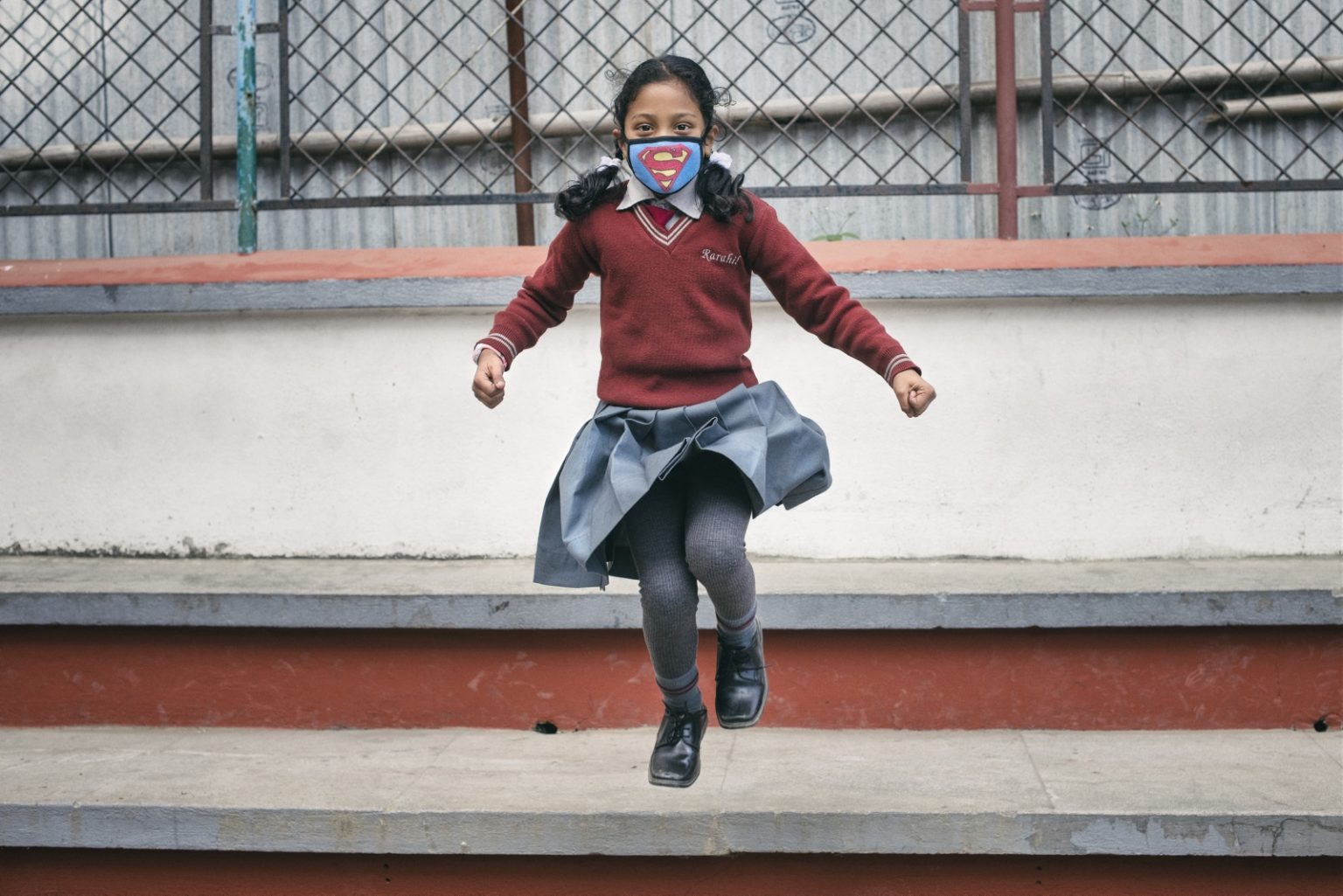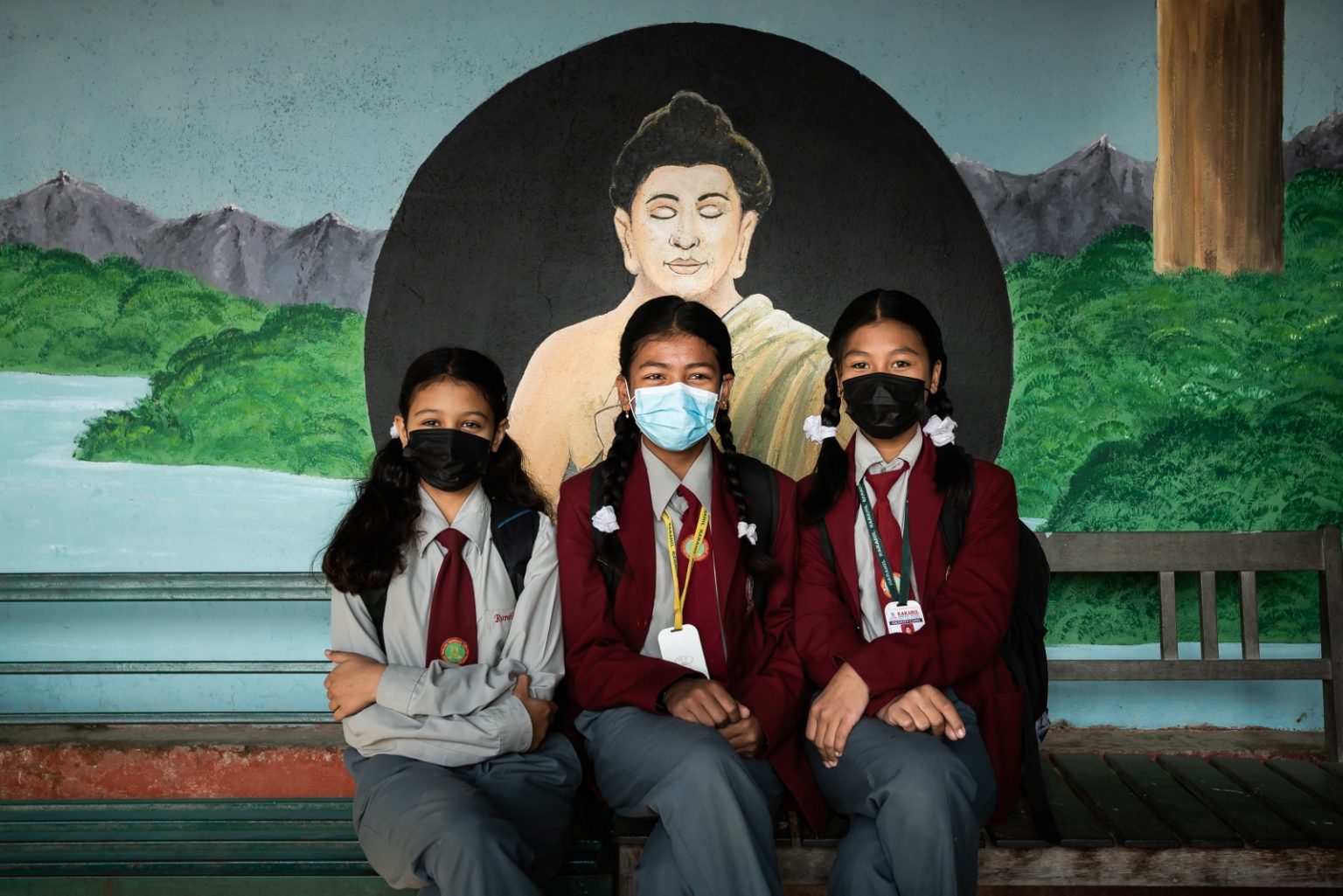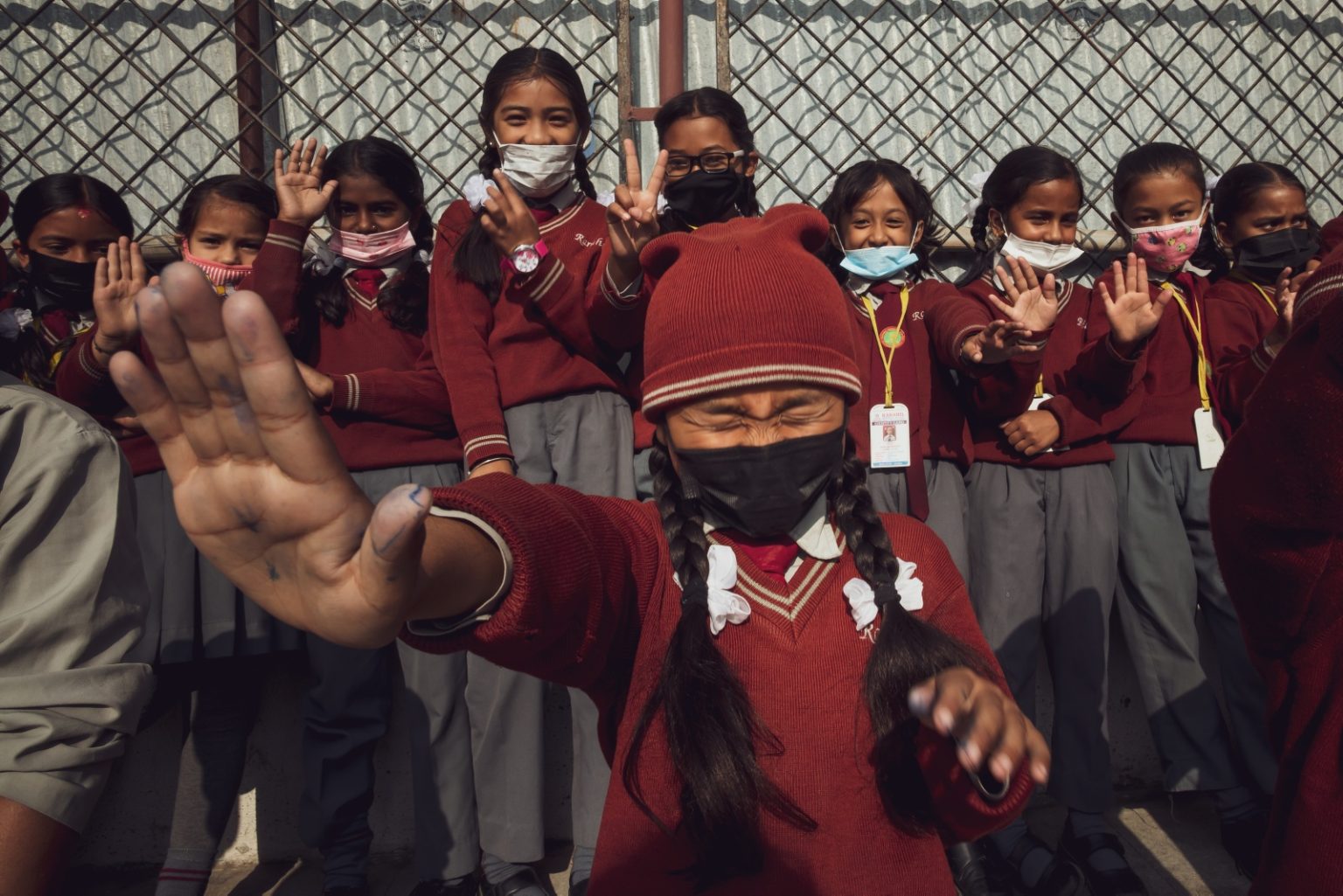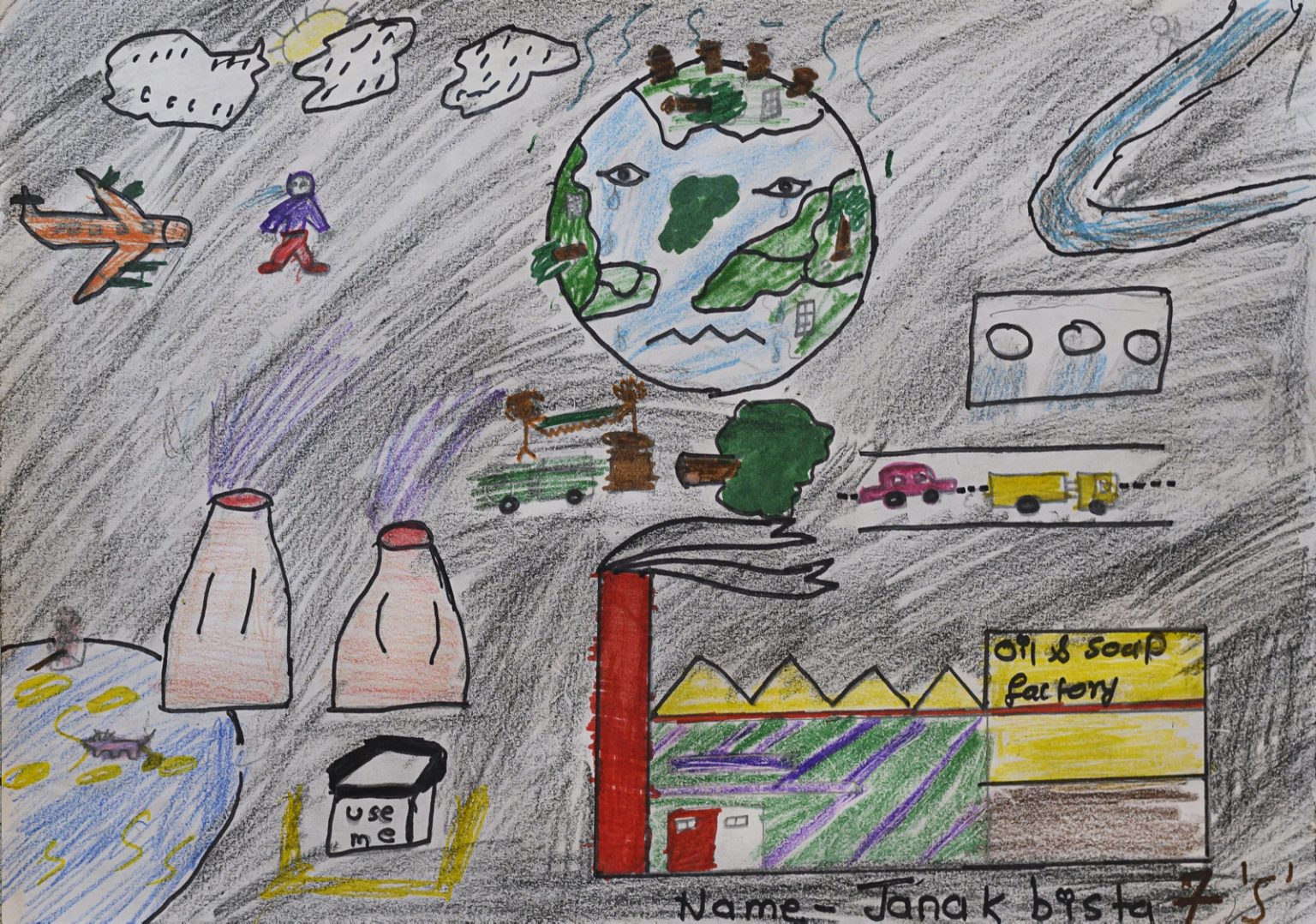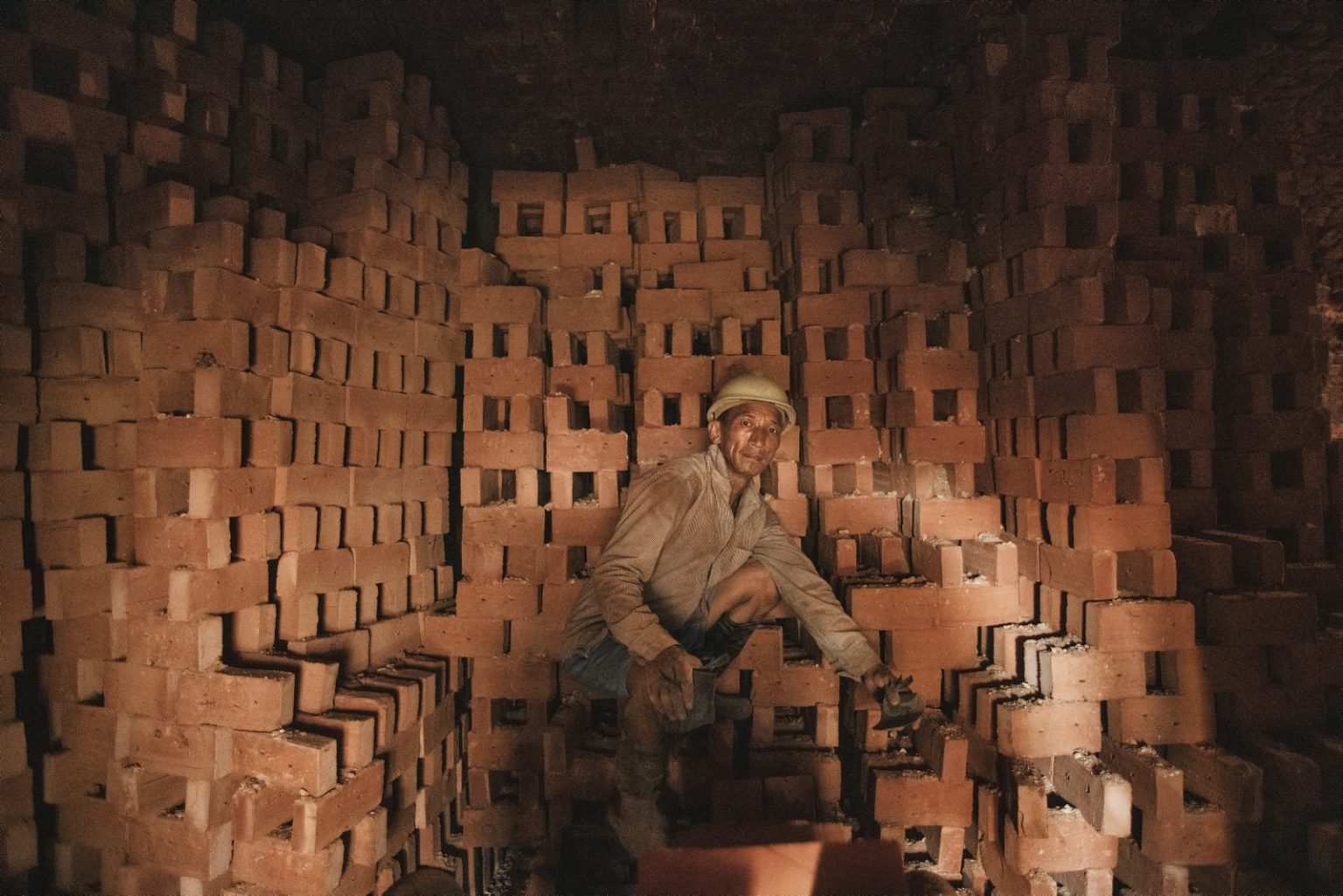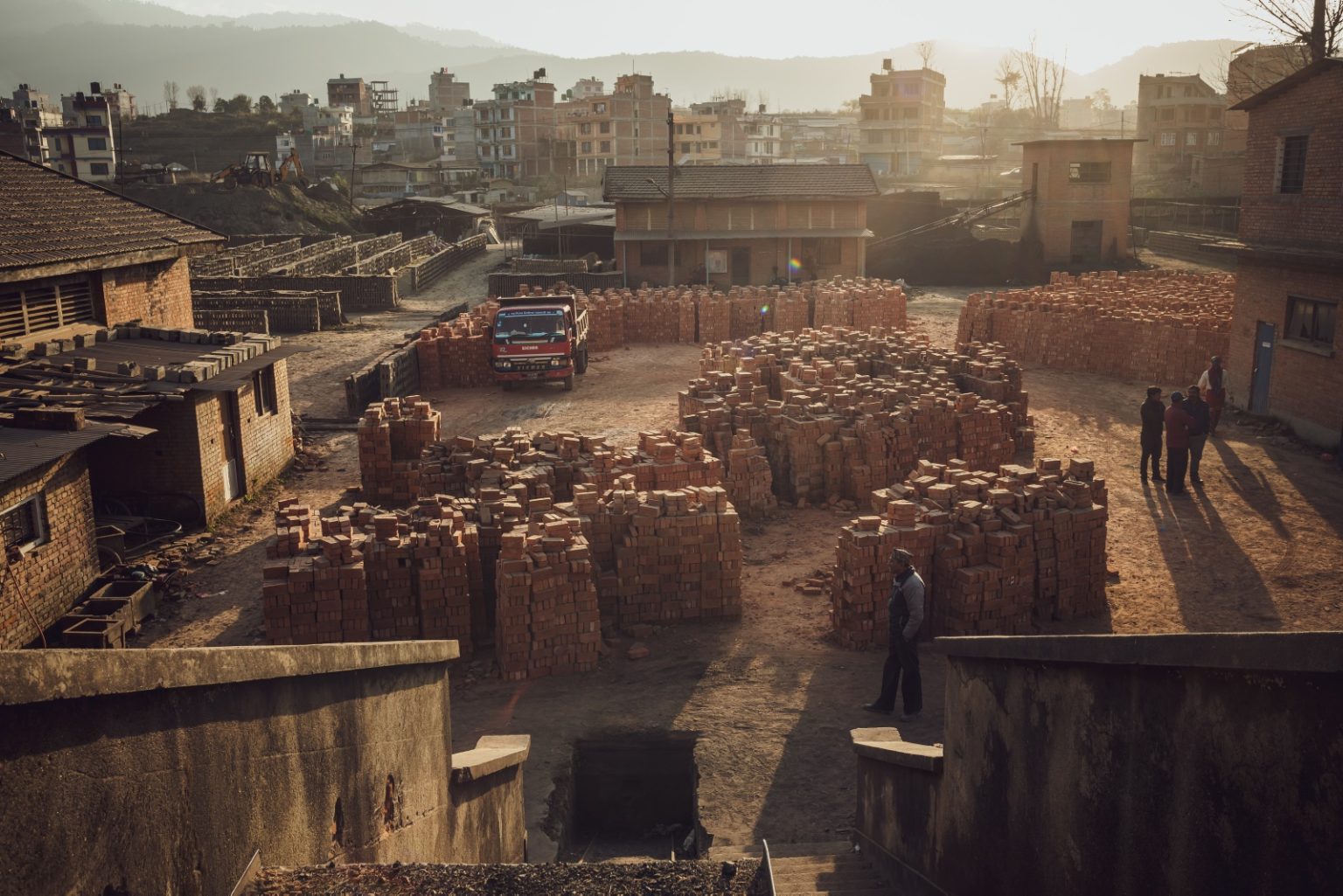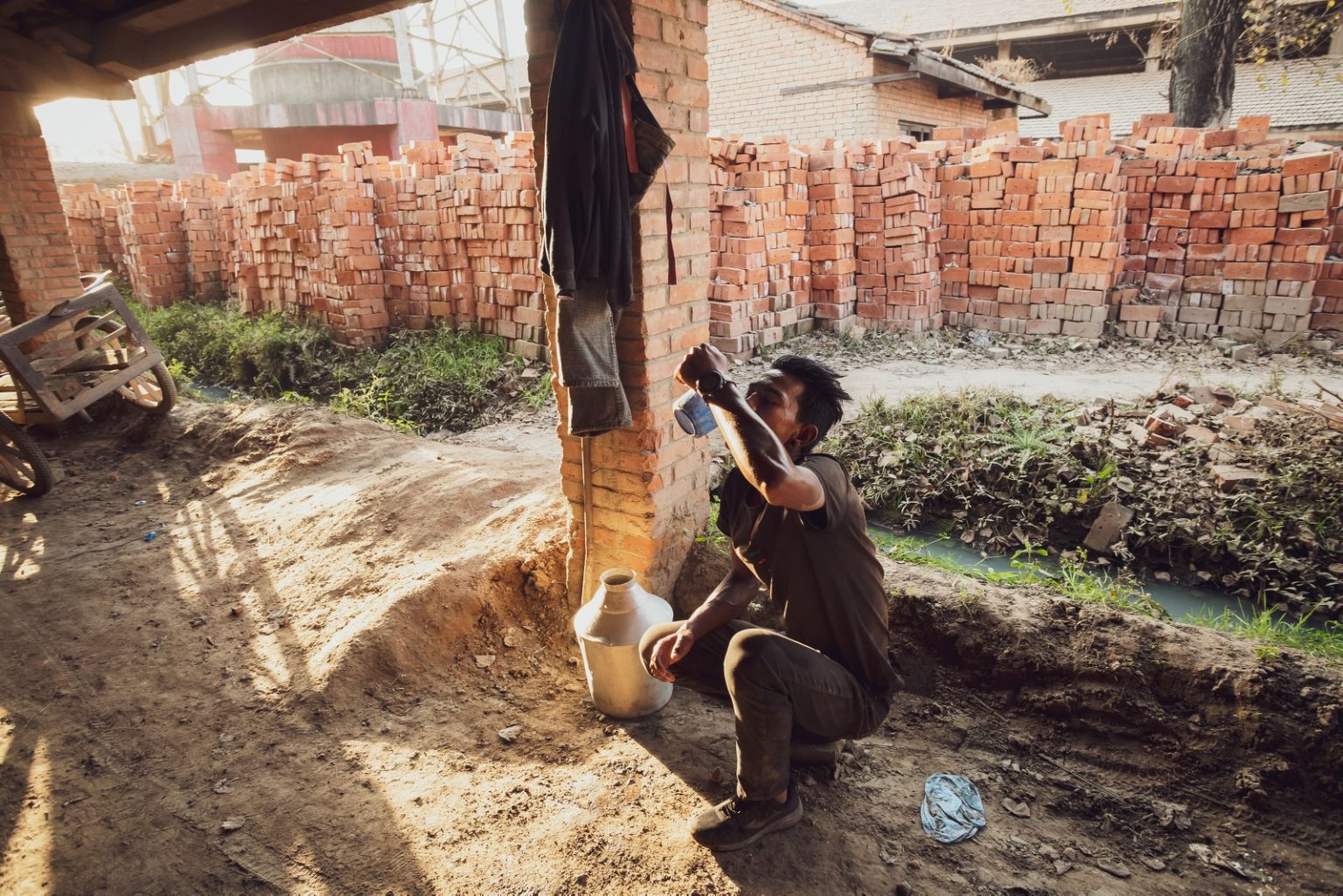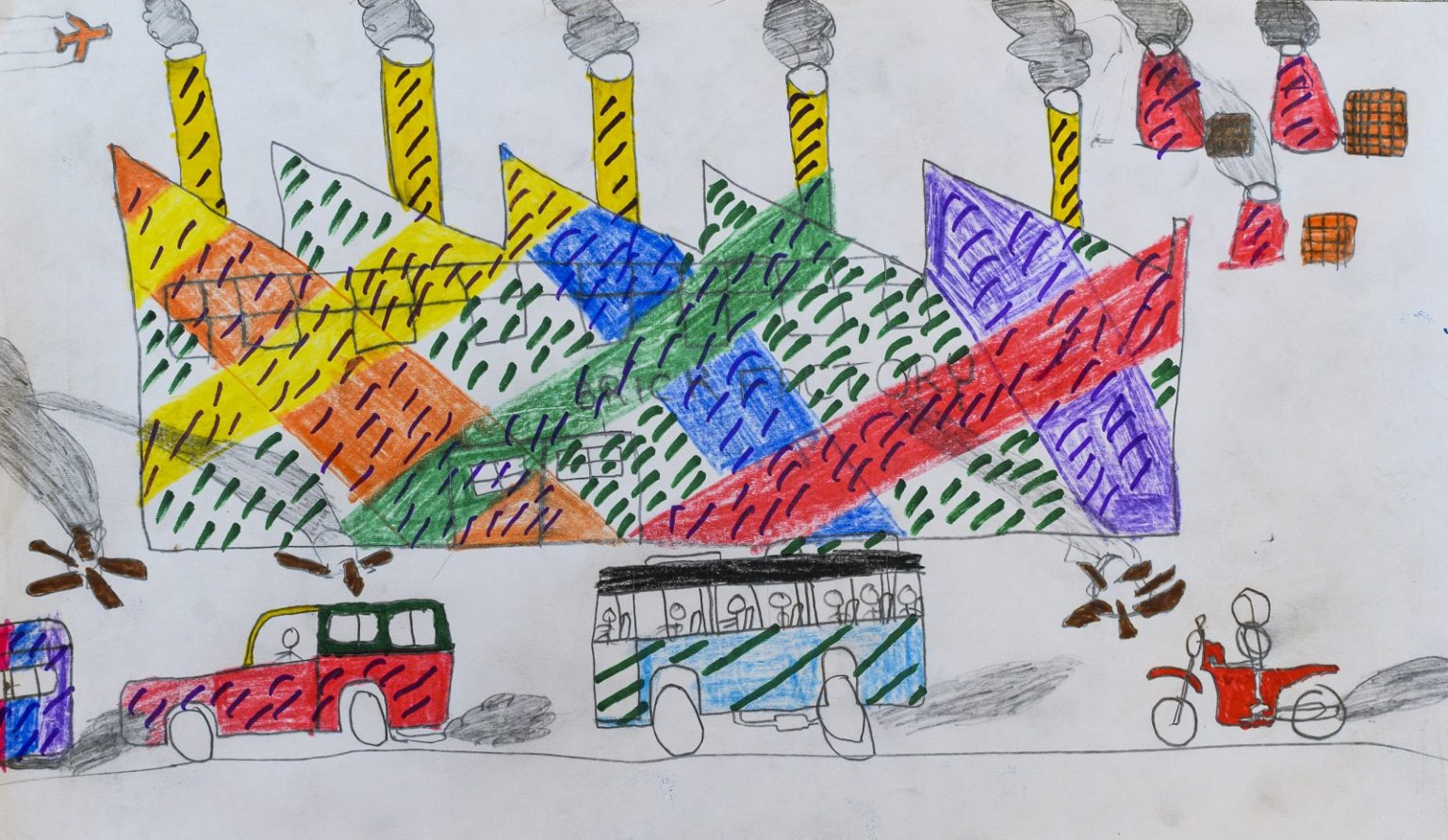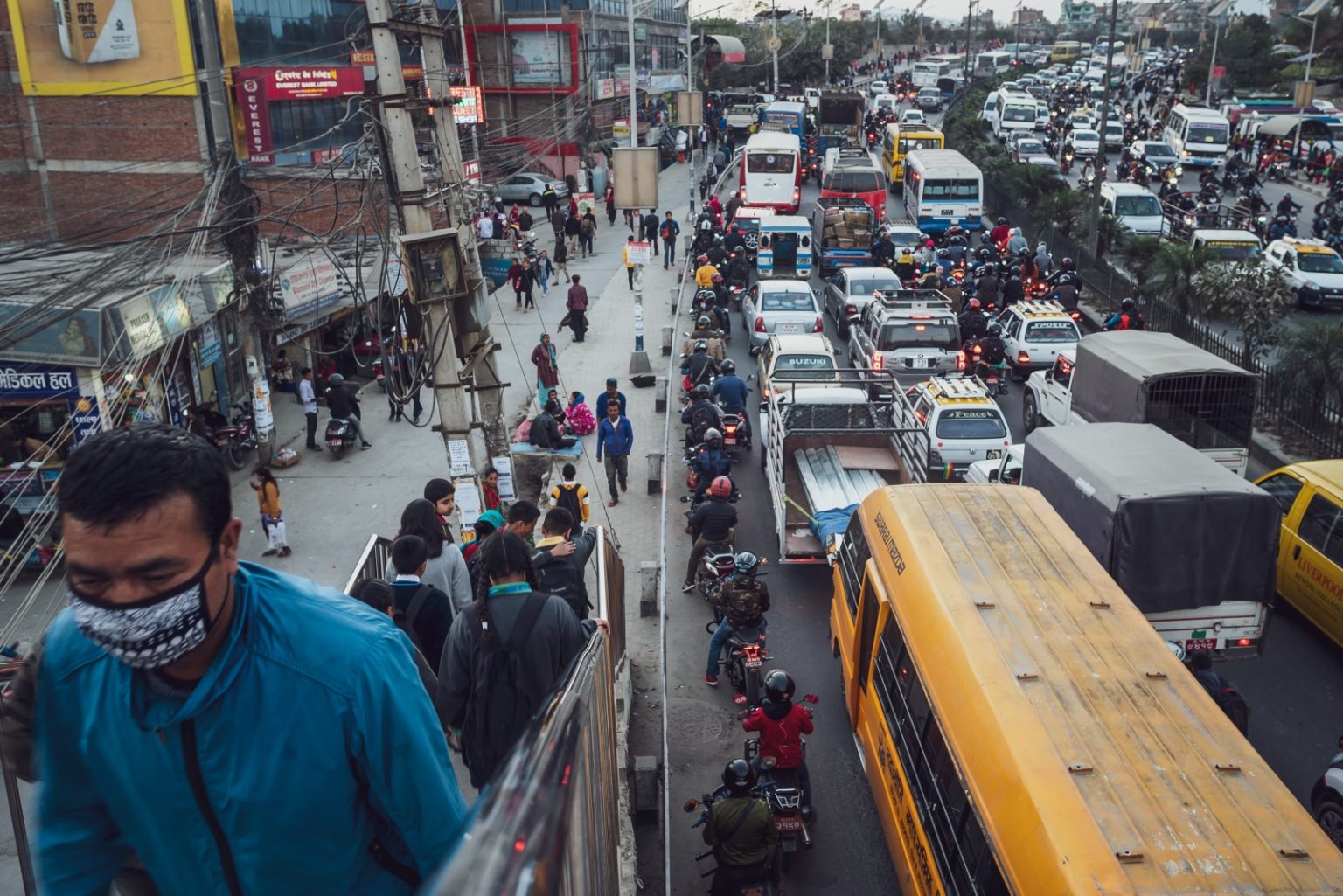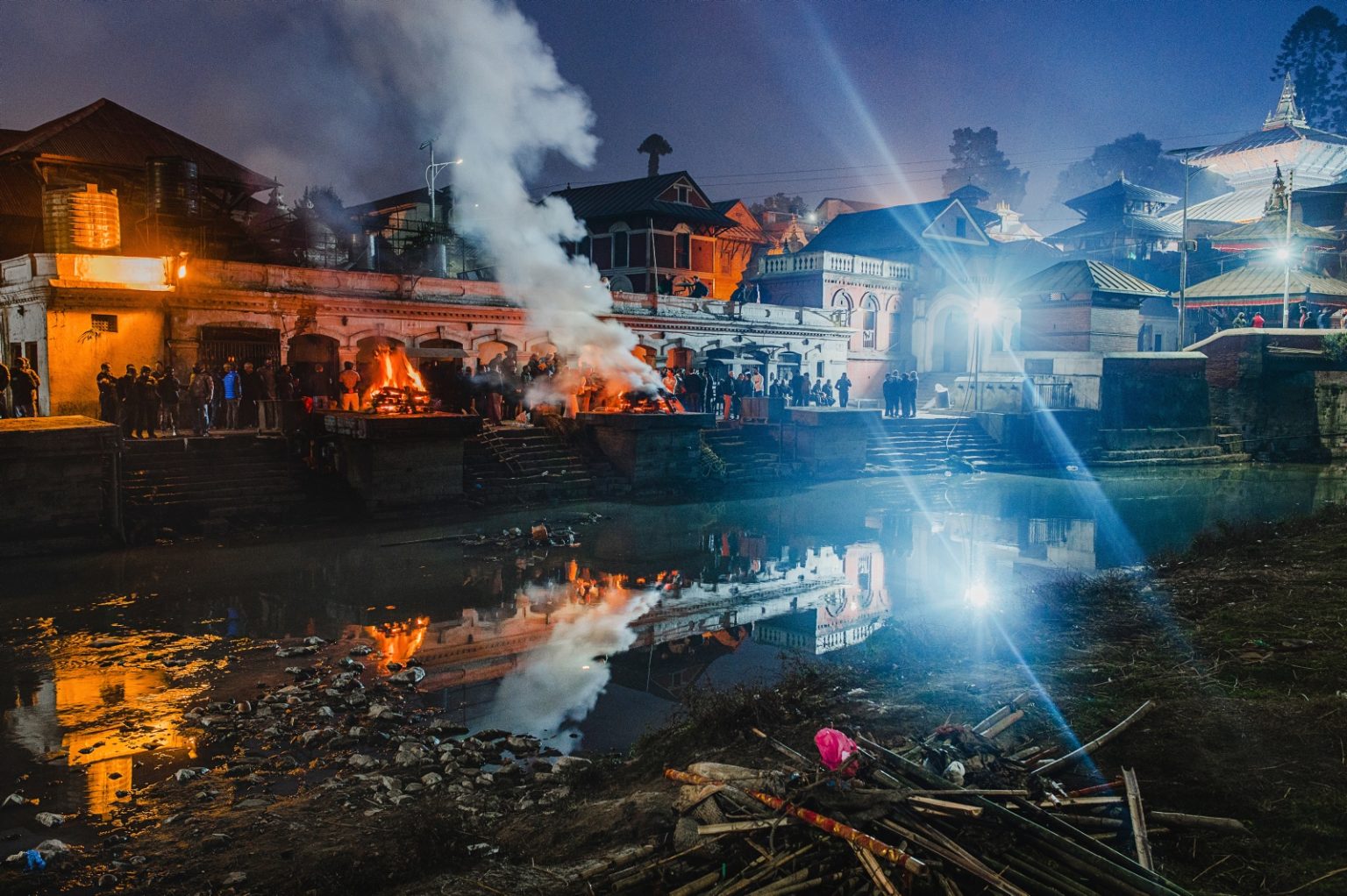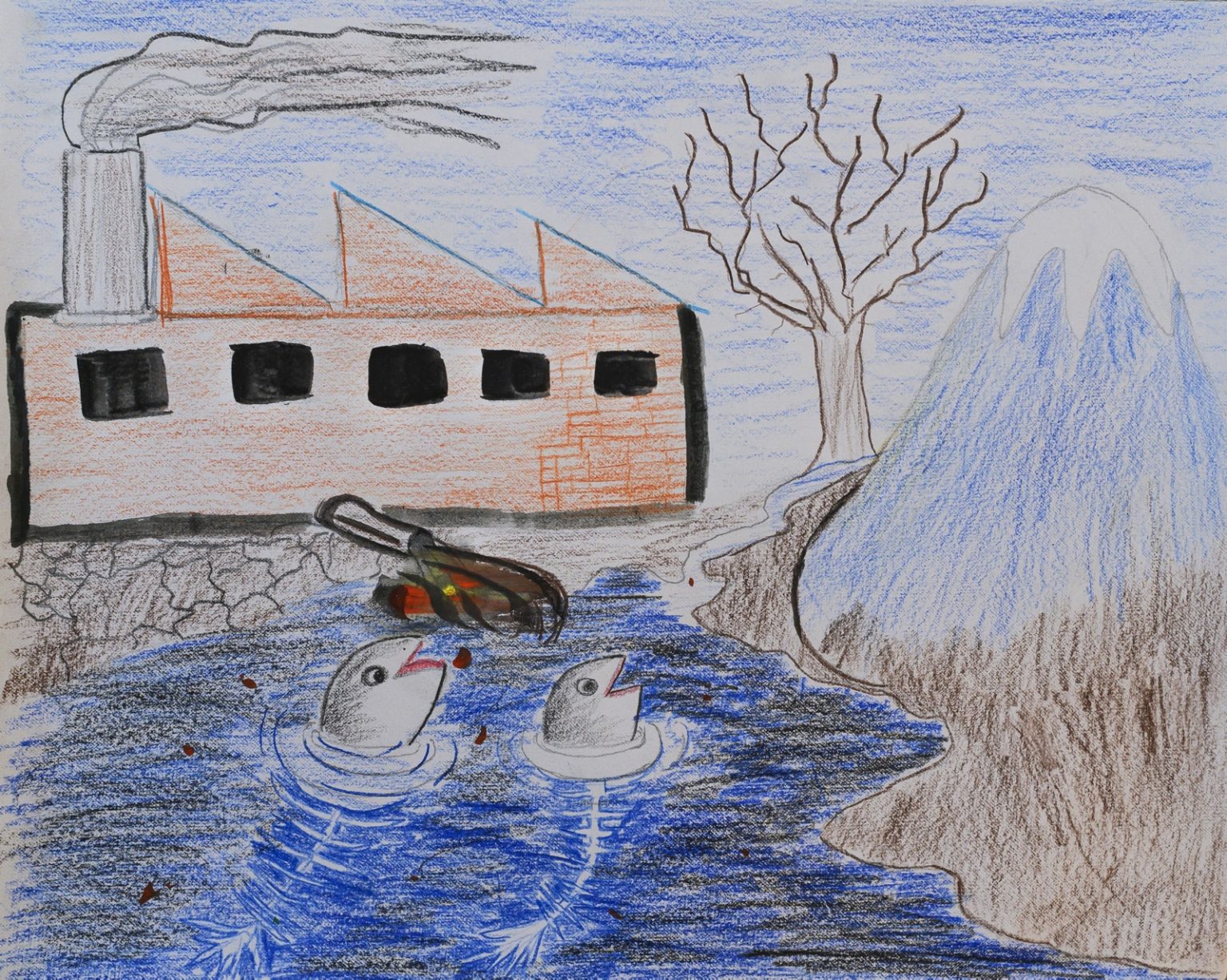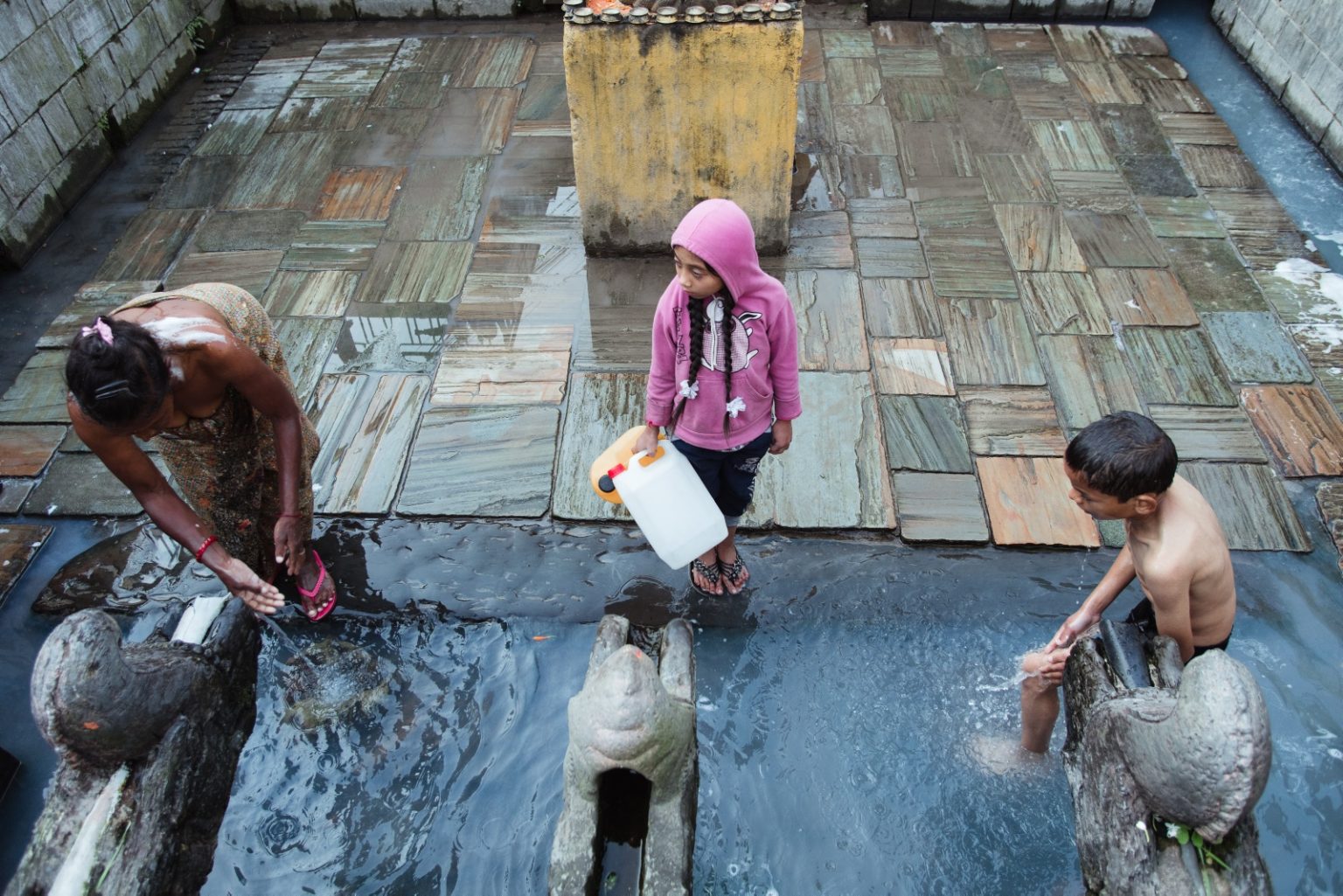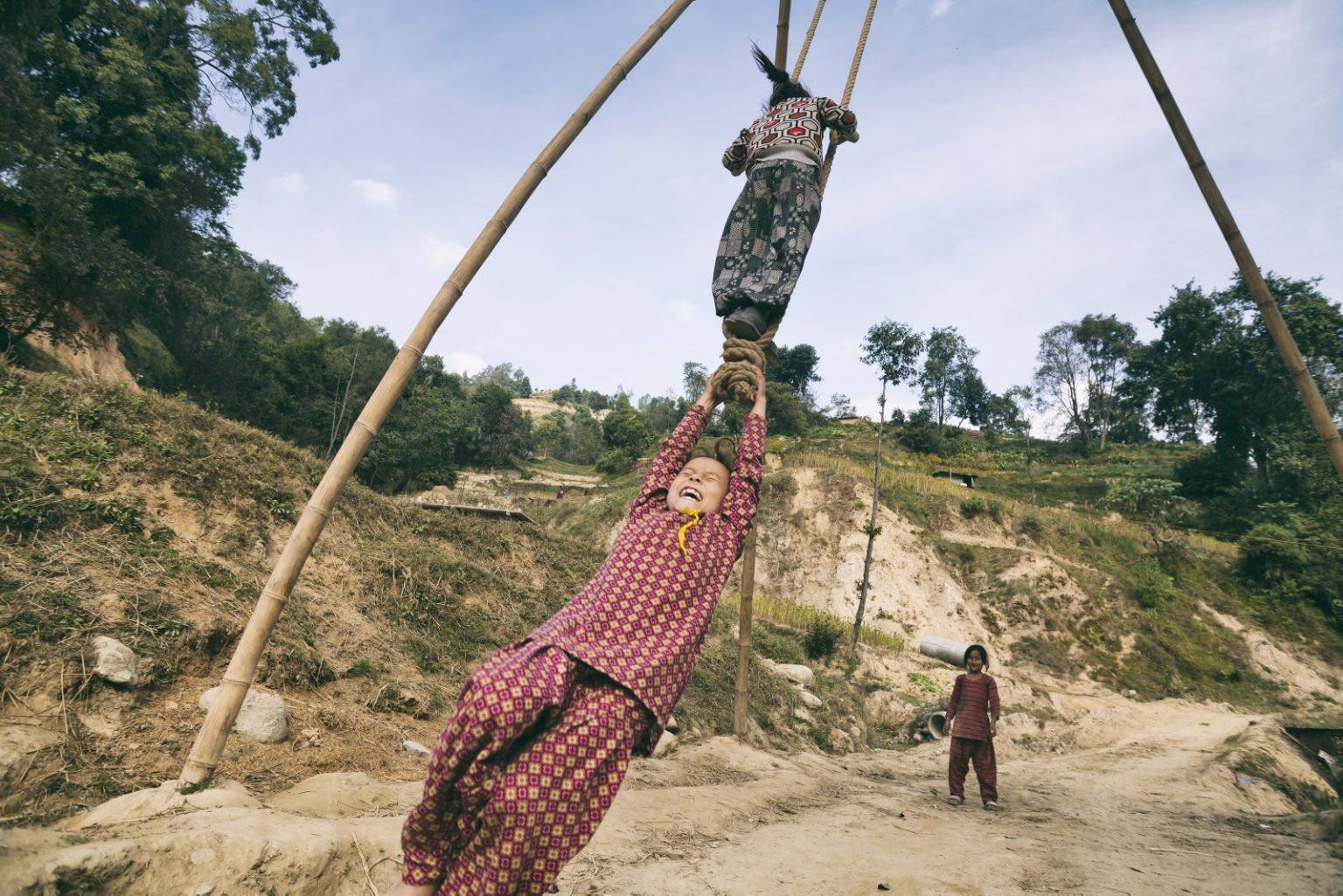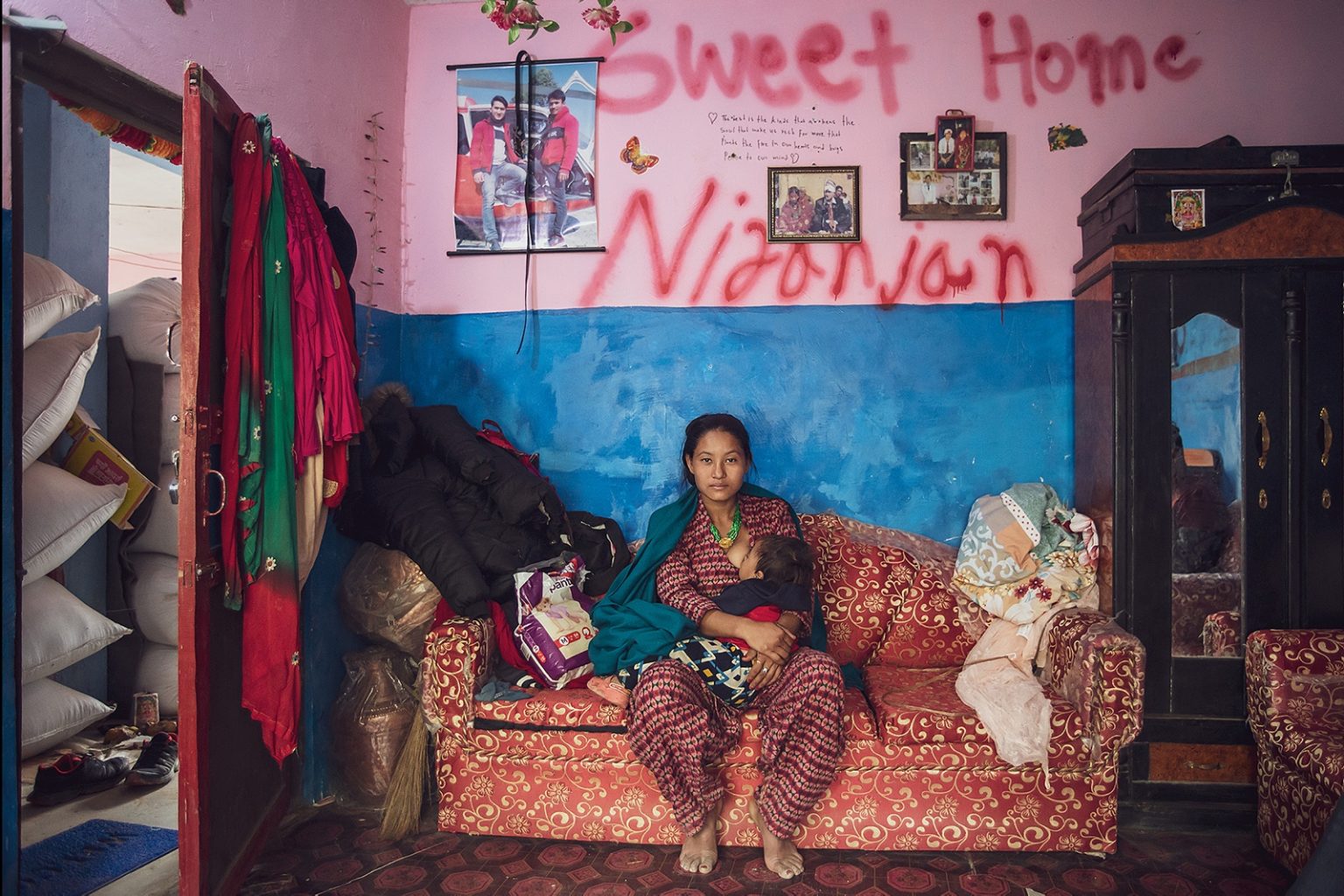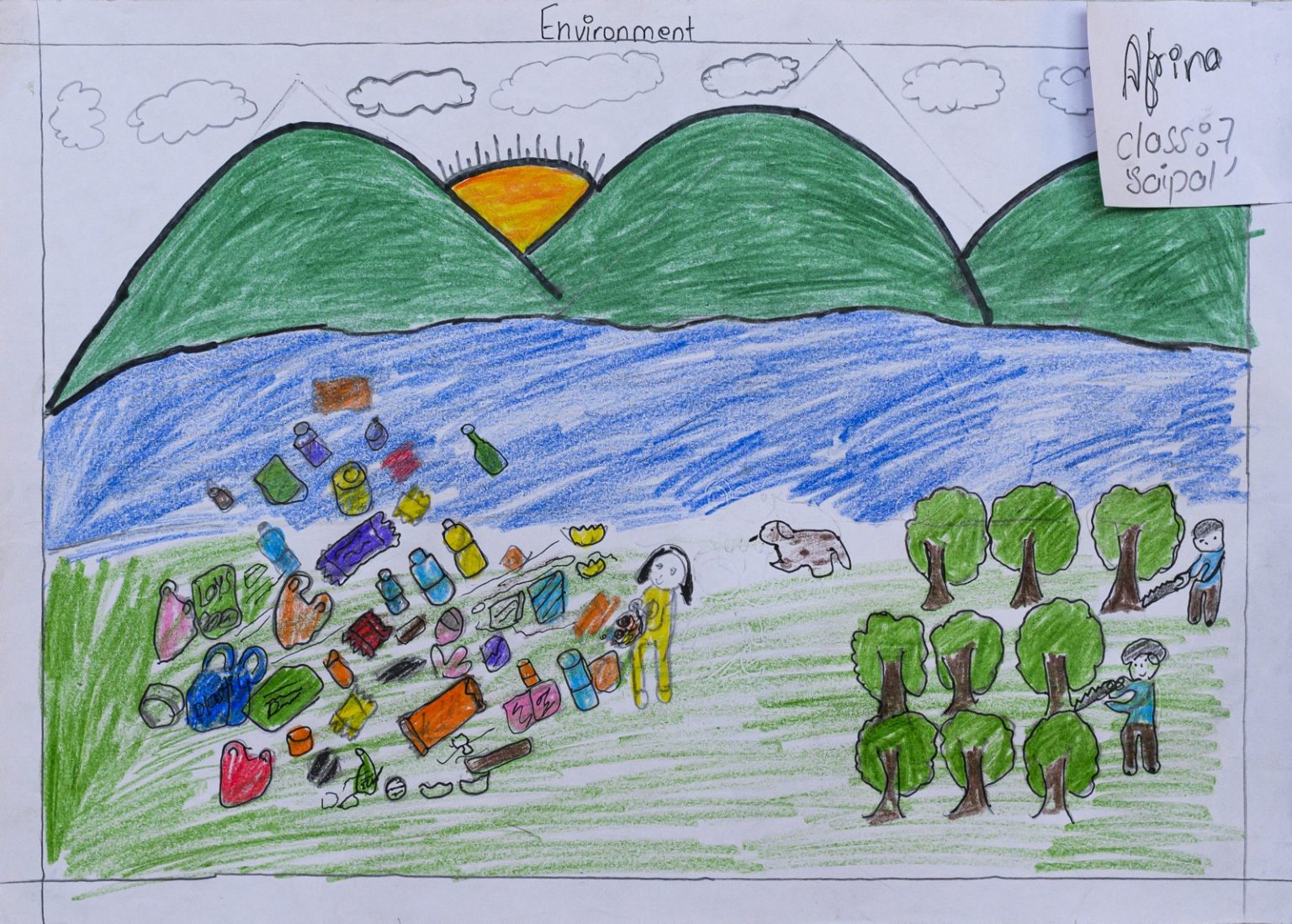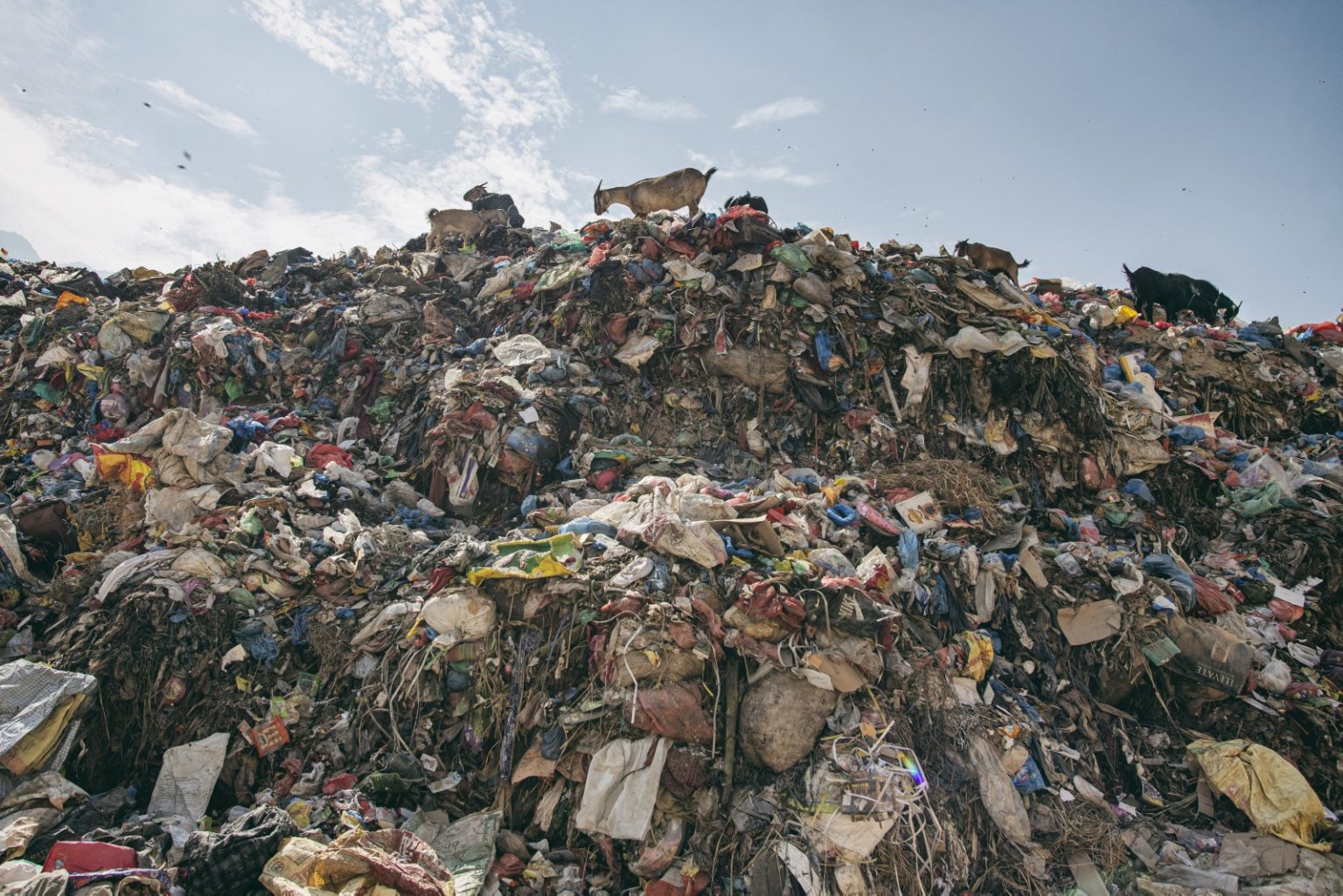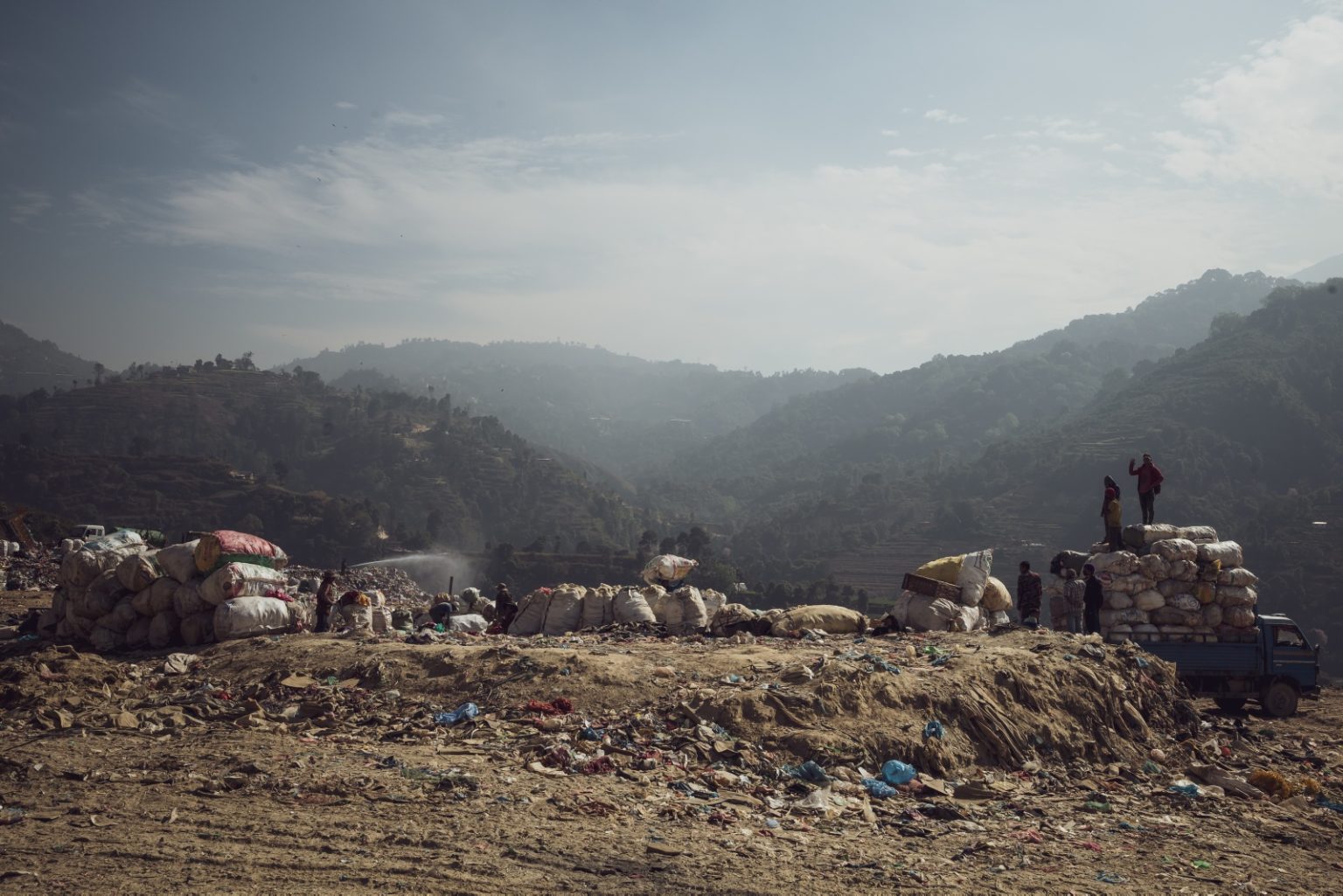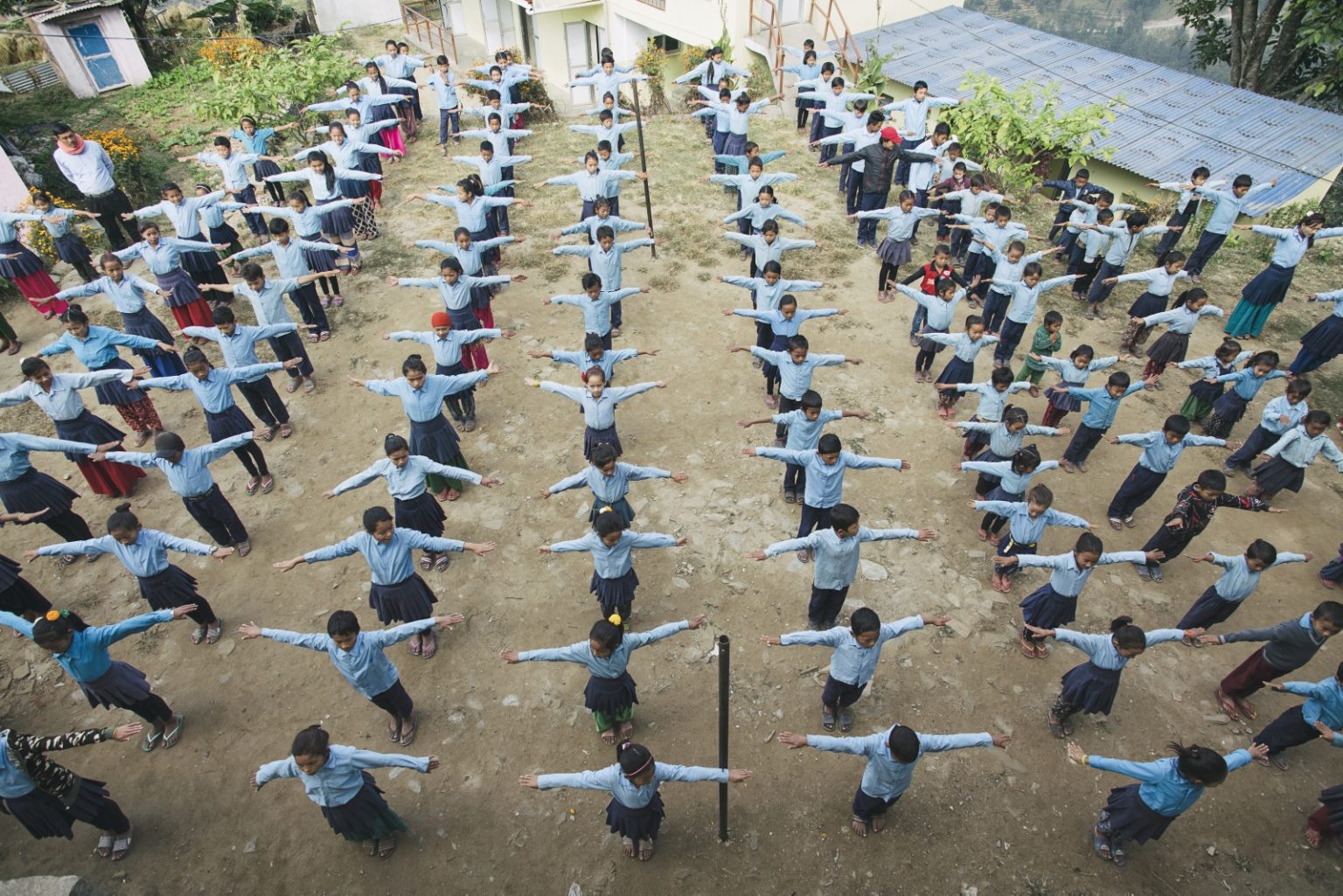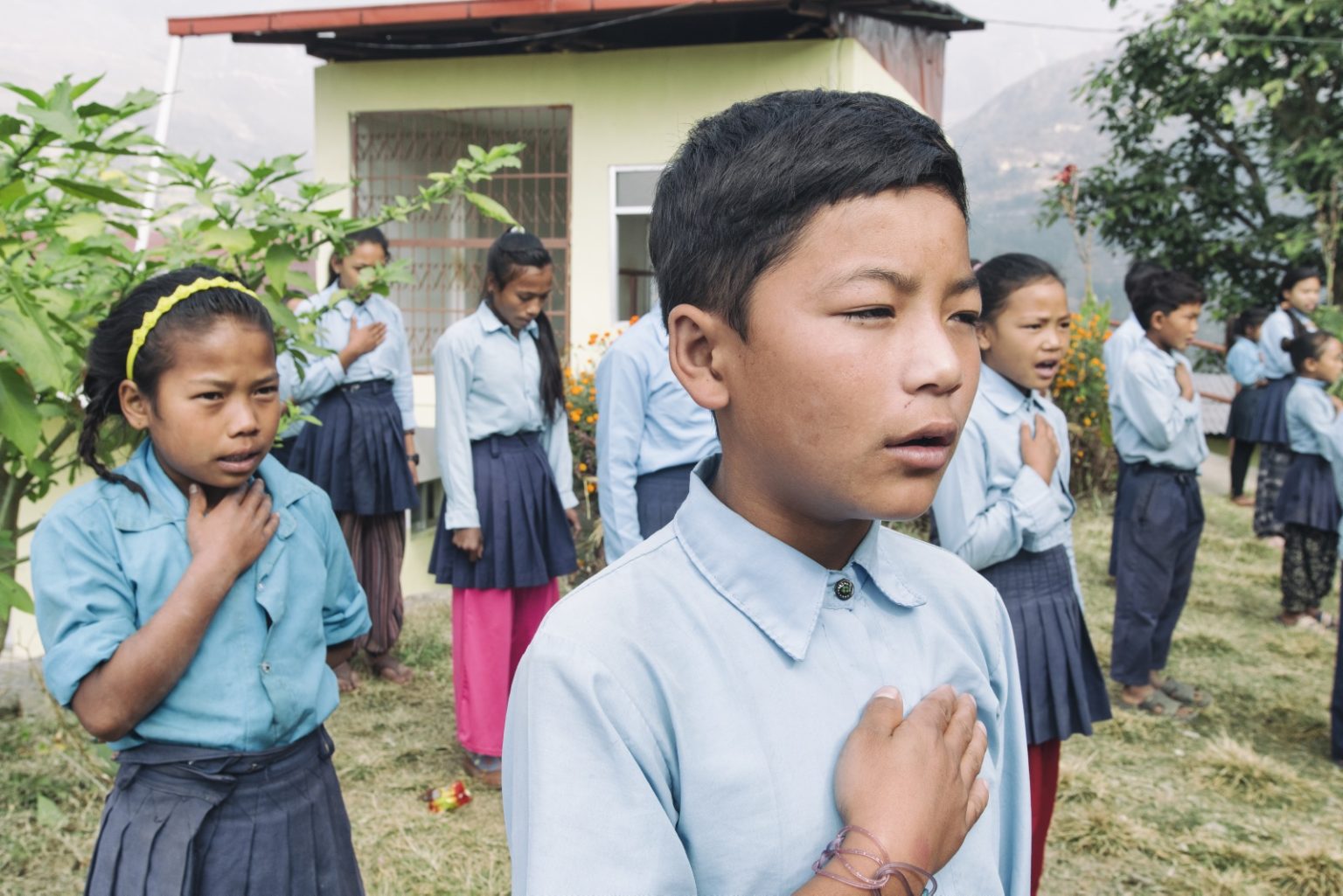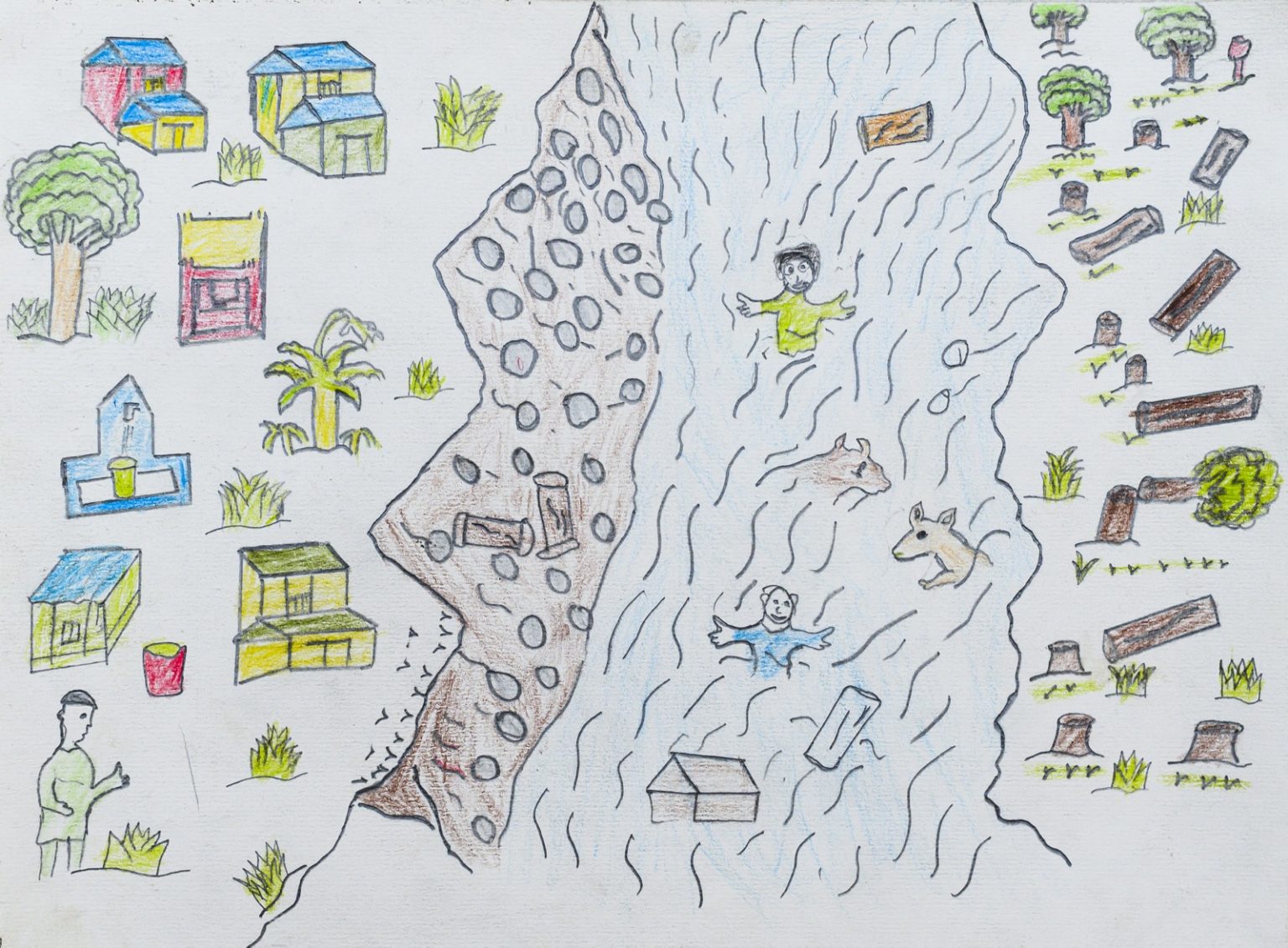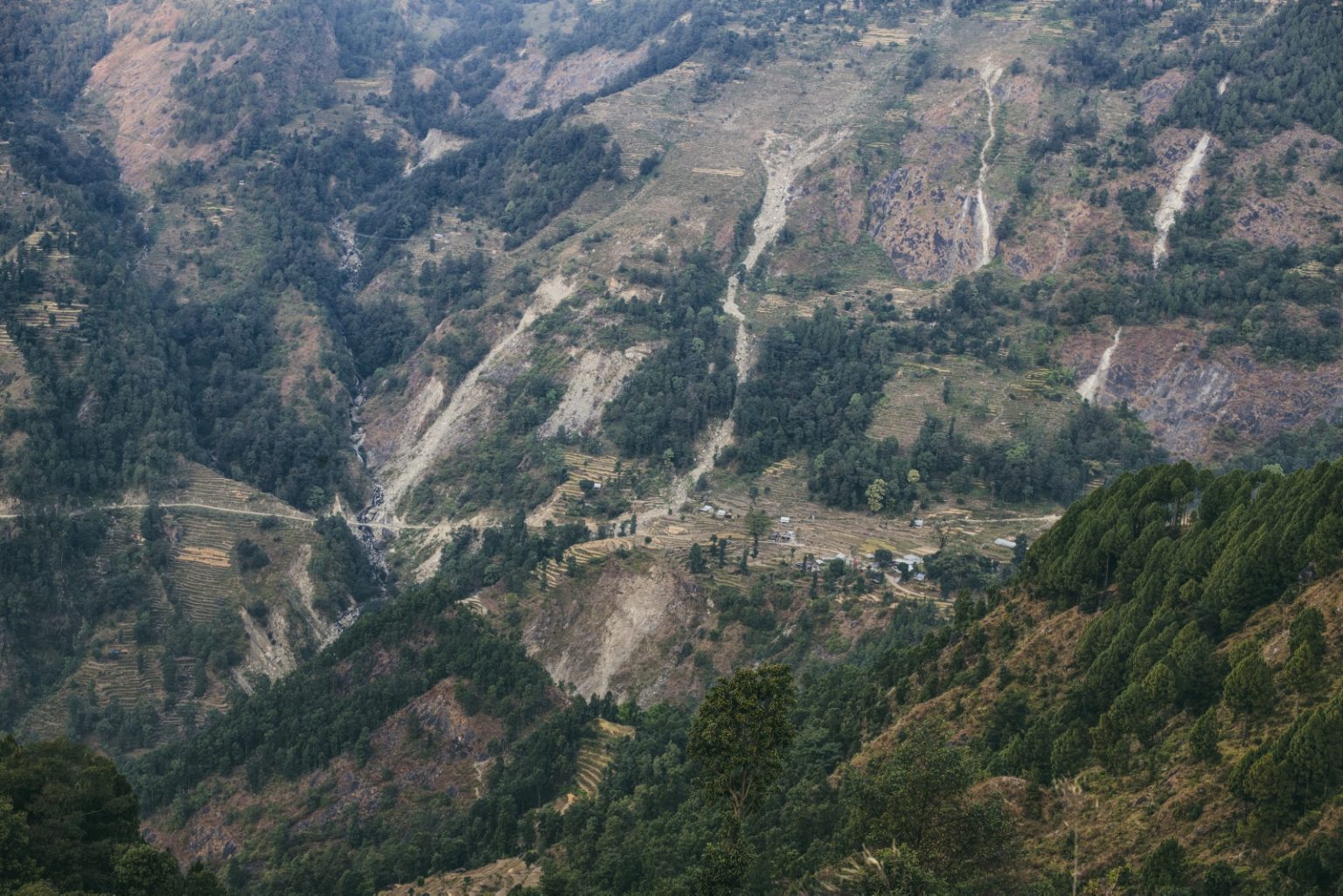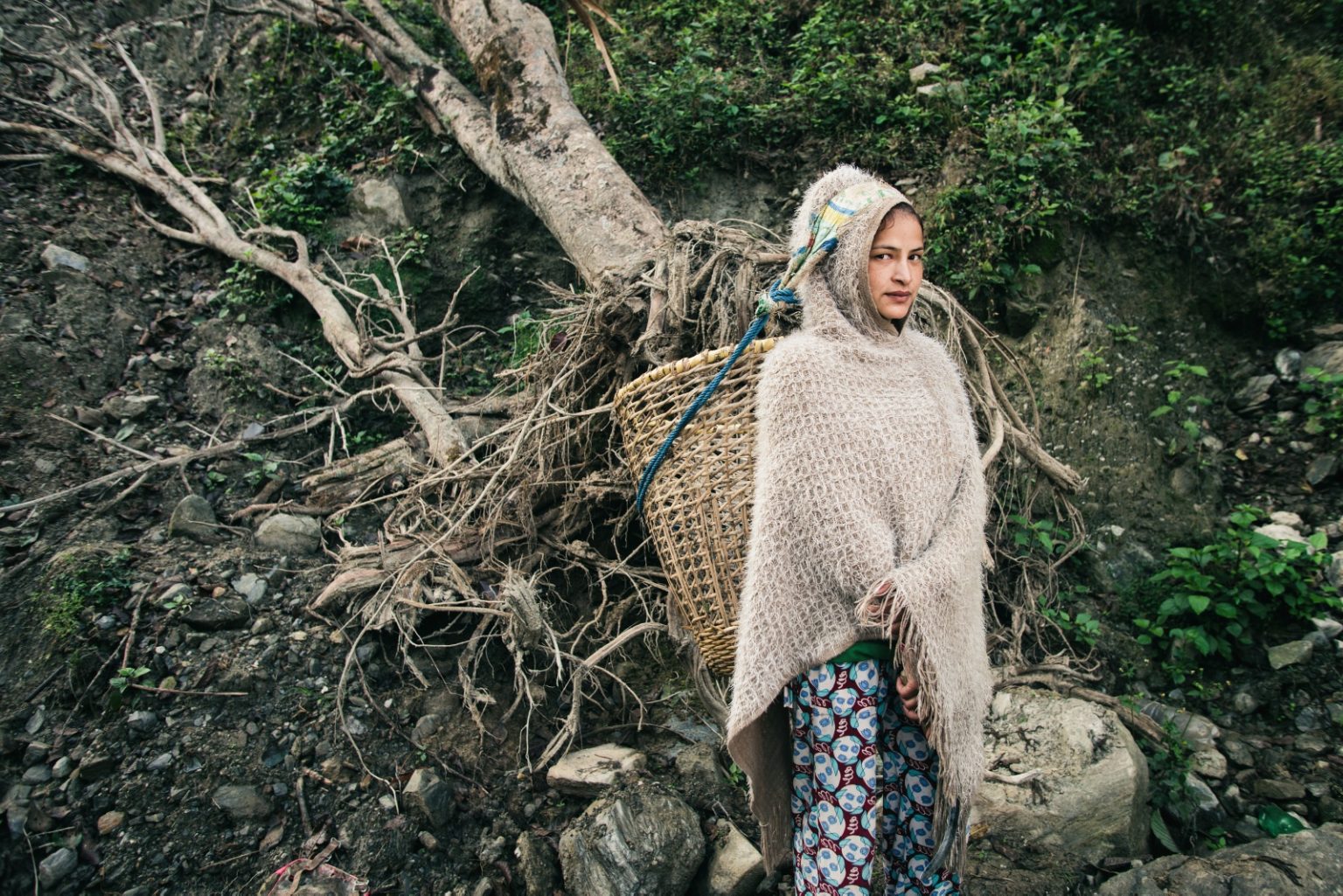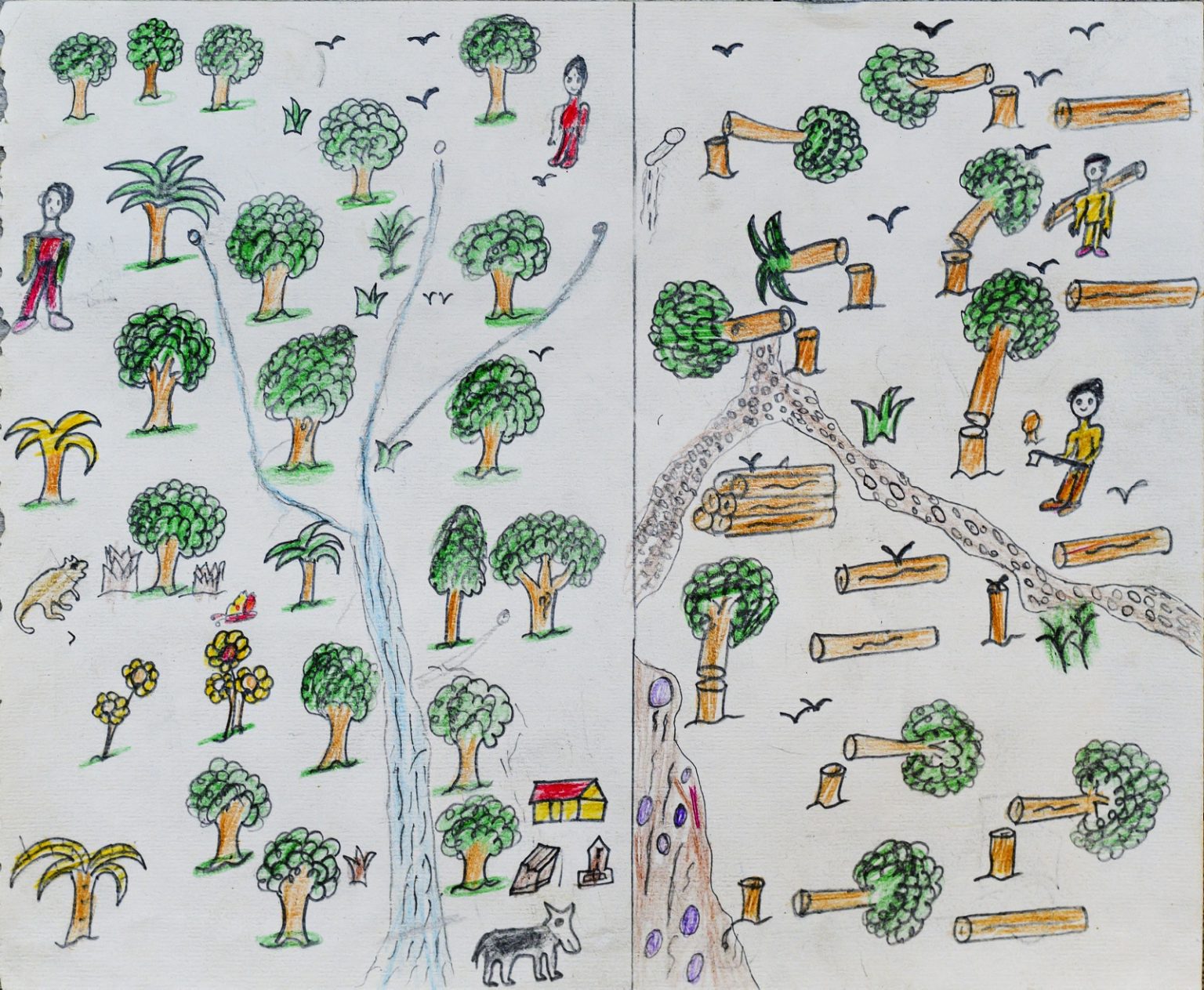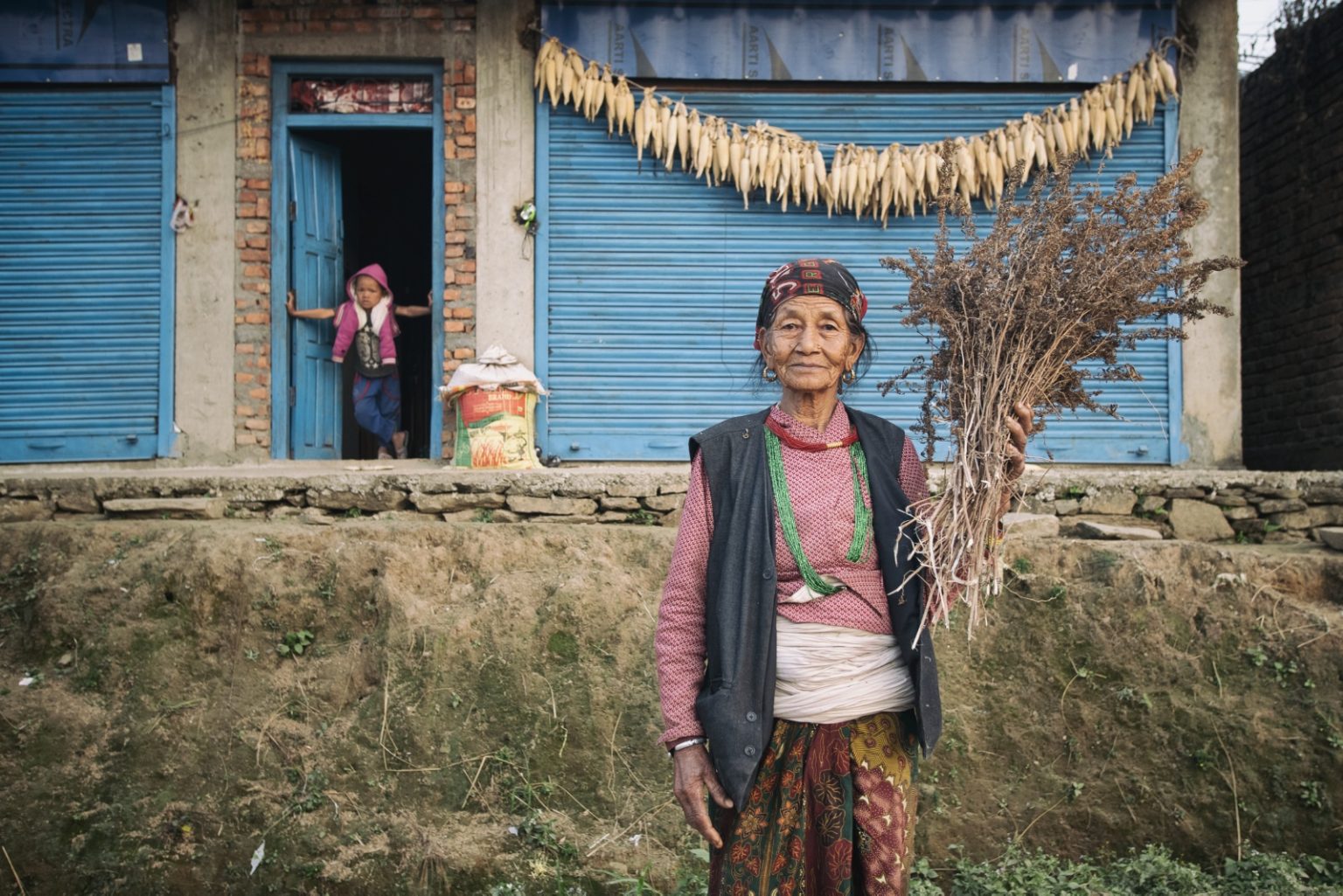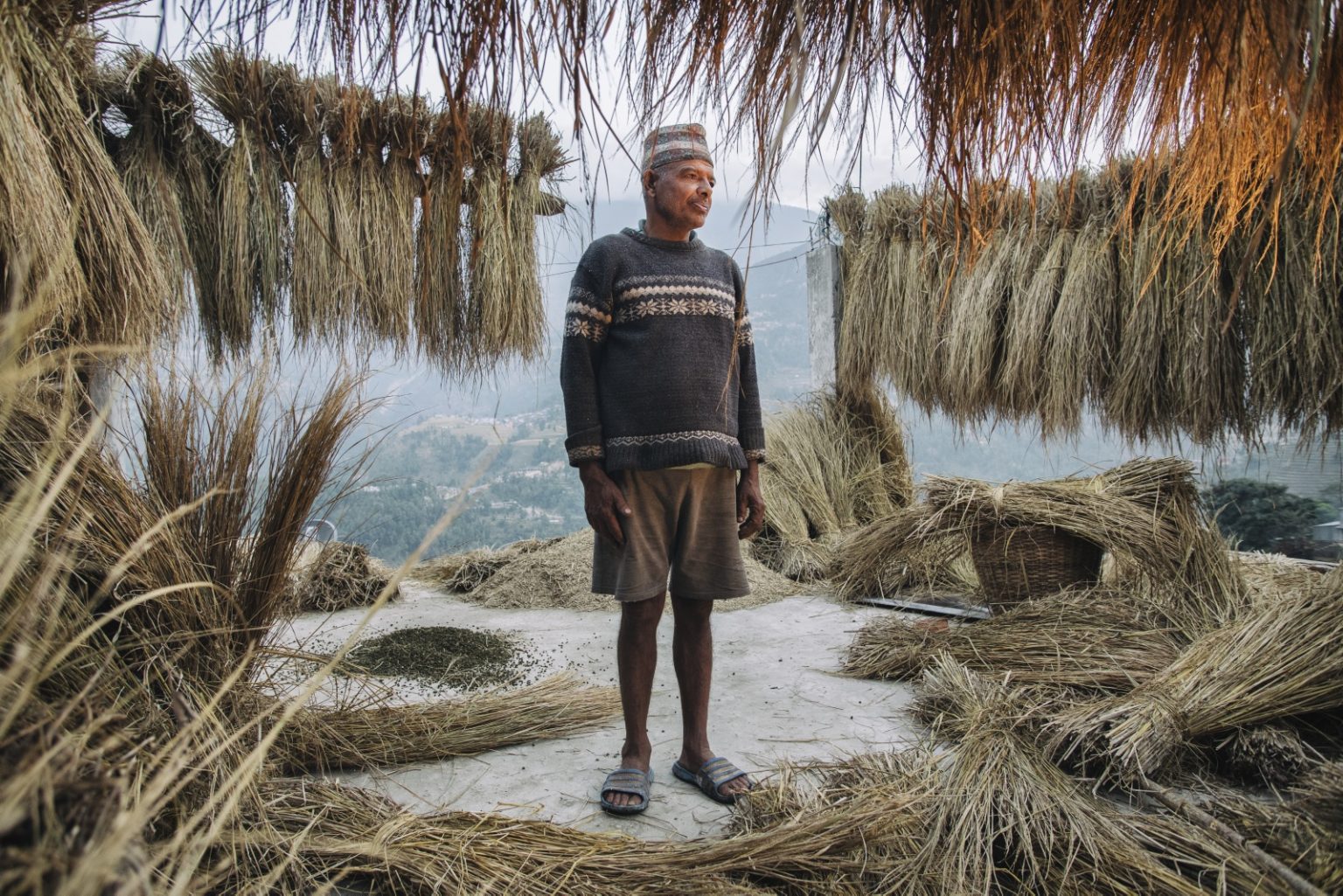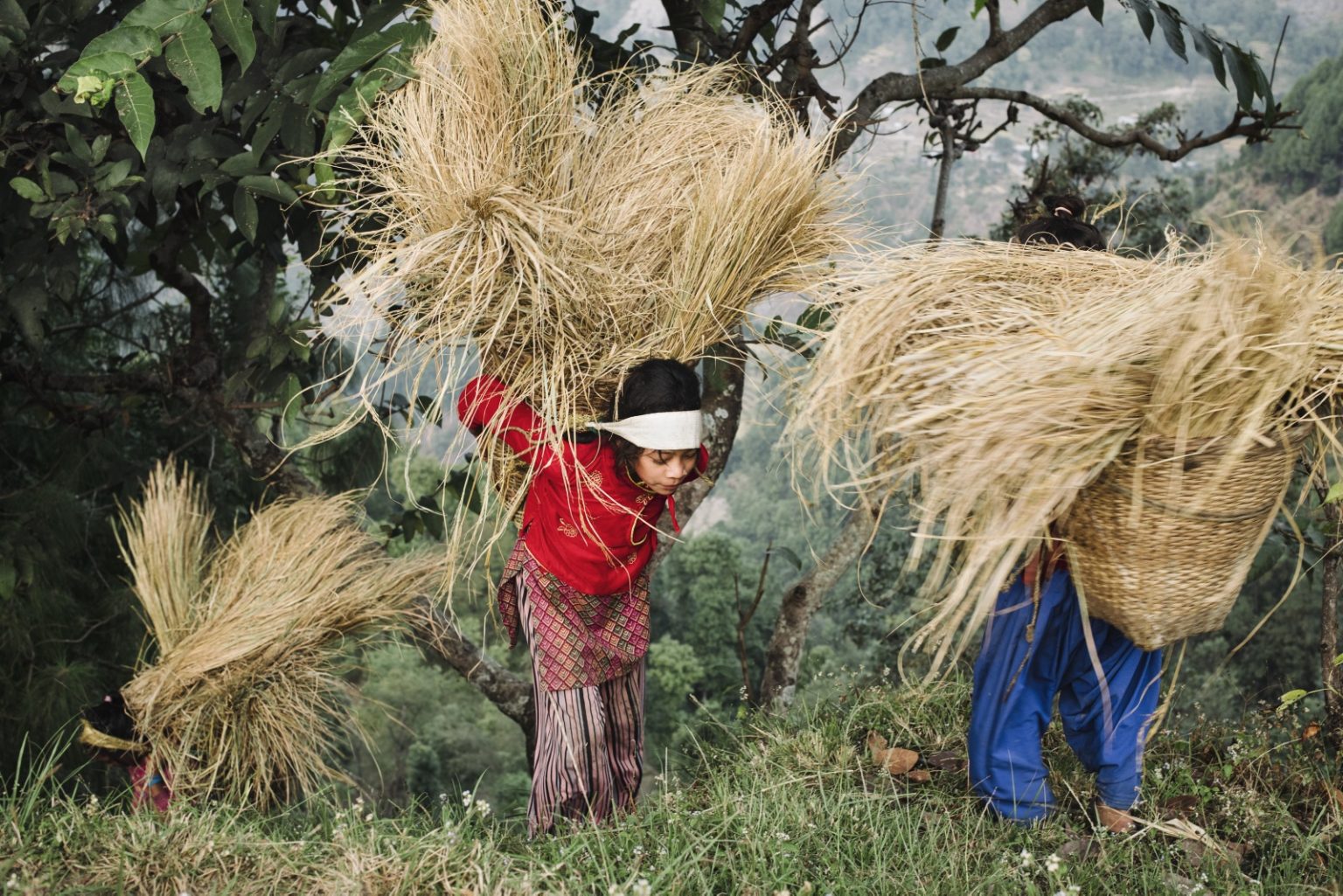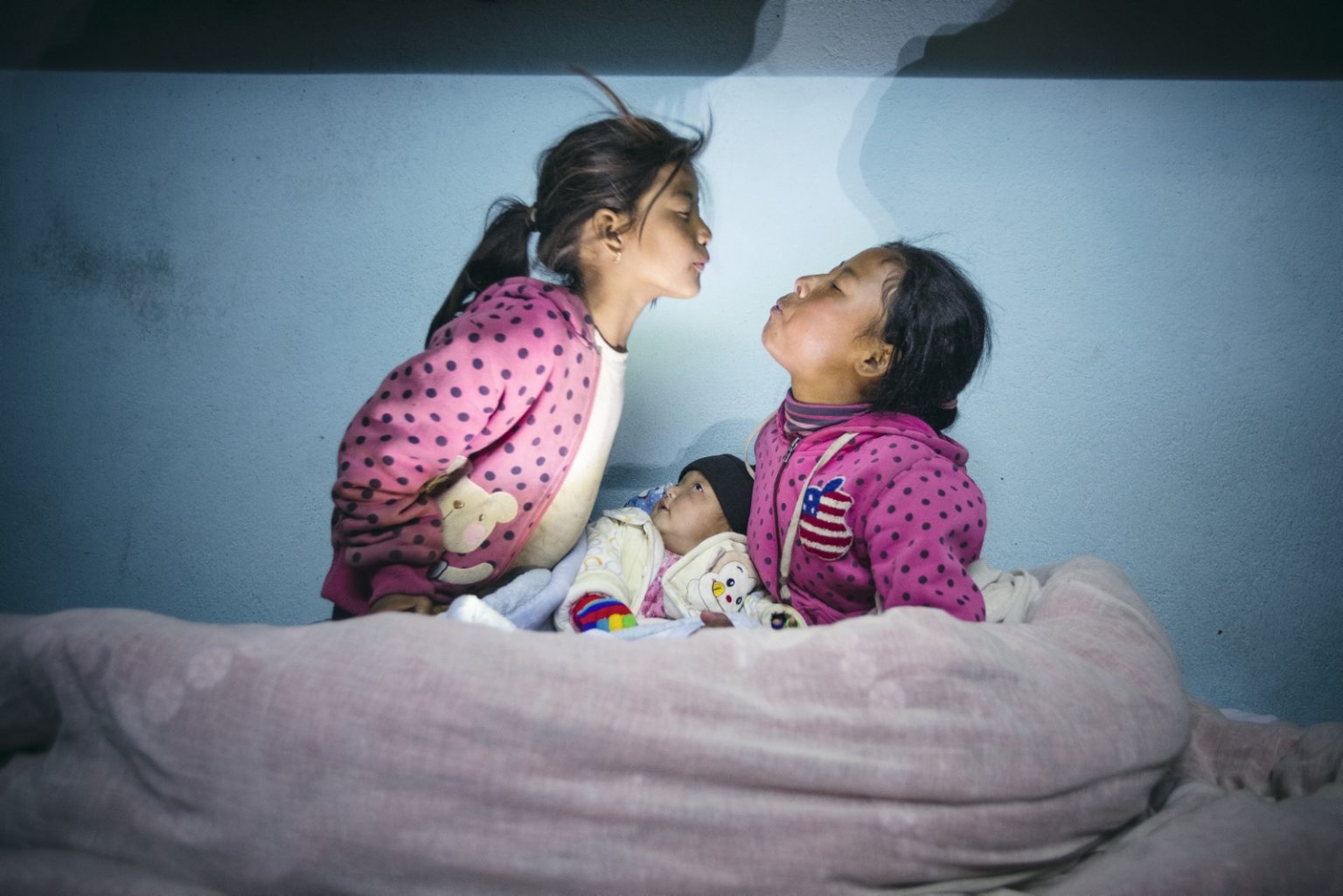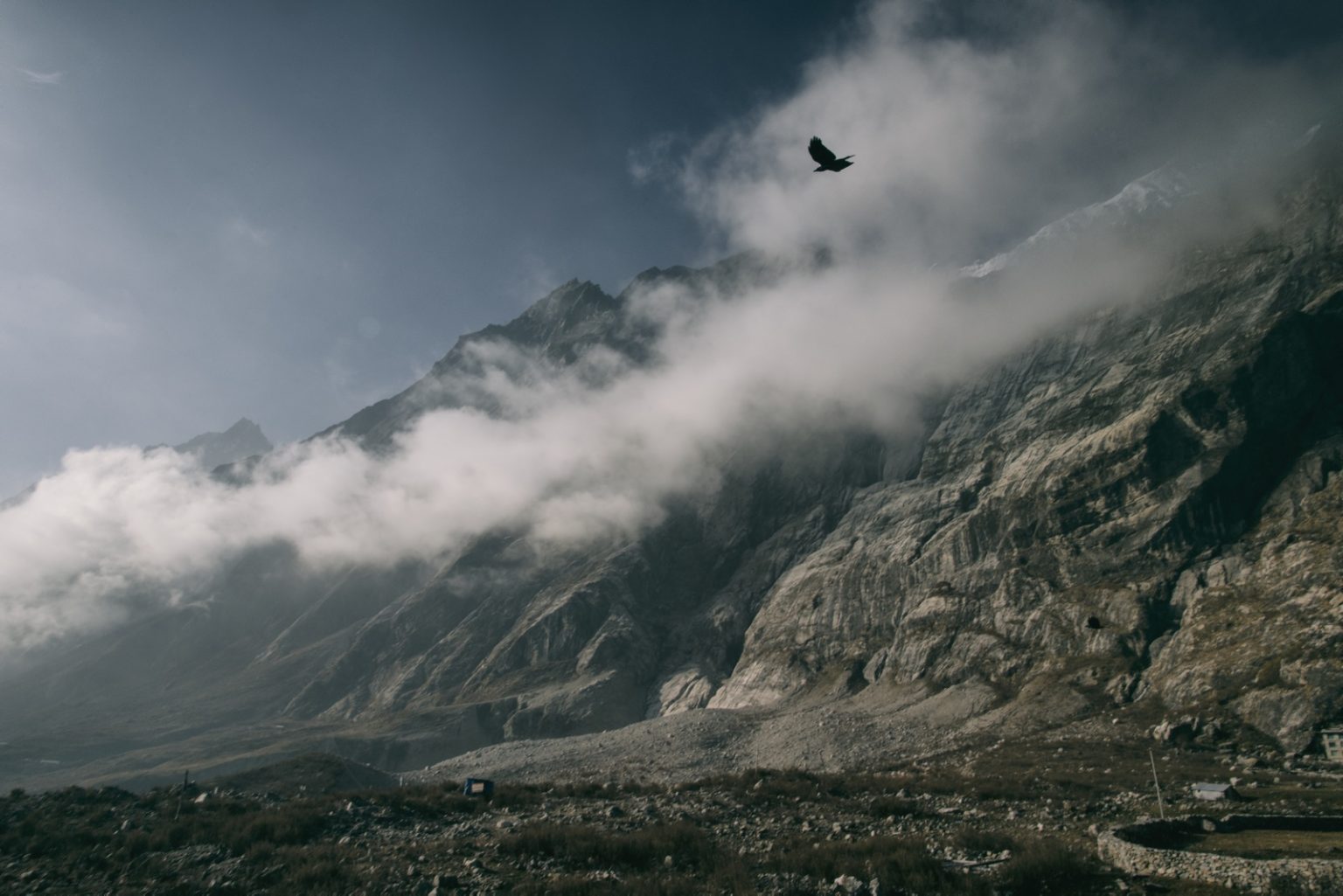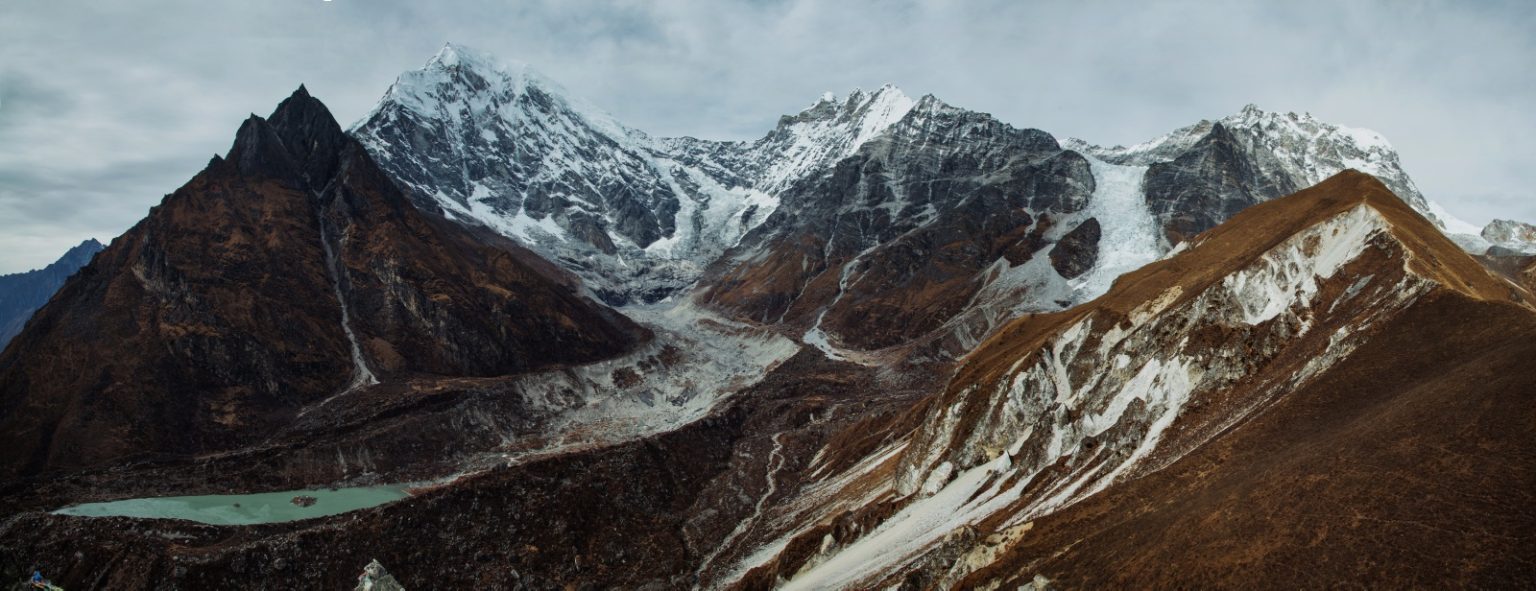ForEverest – The climate crisis in Nepal through children’s eyes
Mount Everest, the “roof of the world”, is universally the symbol of an unreachable, unassailable and immutable nature. Yet the so-called Third Pole of the Earth, the Himalayan plateau, is today one of the frontlines that are being exposed to the effects of climate change the most. This area has been warming up faster than the rest of the planet. If we continue with current levels of greenhouse gas emissions, two thirds of the Himalayan glaciers will be lost by 2100. That will bring catastrophic consequences: the water stored in the perennial ice of the Himalayas feeds ten of the most important river systems, including the Ganges, the Mekong and the Indus, on which depend 1.9 billion people directly or indirectly. In Nepal, Mount Everest’s home country, the effects of global warming are already a reality, despite the country’s contribution to global emissions being almost irrelevant. Extreme weather events and landslides intensify, monsoons become irregular, watercourses are subject to shoals and floods that affect both agriculture and hydropower production. All this in an area that has already suffered natural disasters, such as the earthquake of 2015. Being ready for these changes is especially important for the younger generation. The environmental crisis, its impacts in daily life and the solutions adopted to overcome them are recounted here mainly through the eyes of the younger generation exactly for this reason. Children and teenagers met on a journey that traveled through Nepal from south to north, from the Ganges plain to the peaks of the Langtang via the Kathmandu valley. With special attention to the theme of education on the matter: because it is from there that the awareness and, consequently, the action begin.

